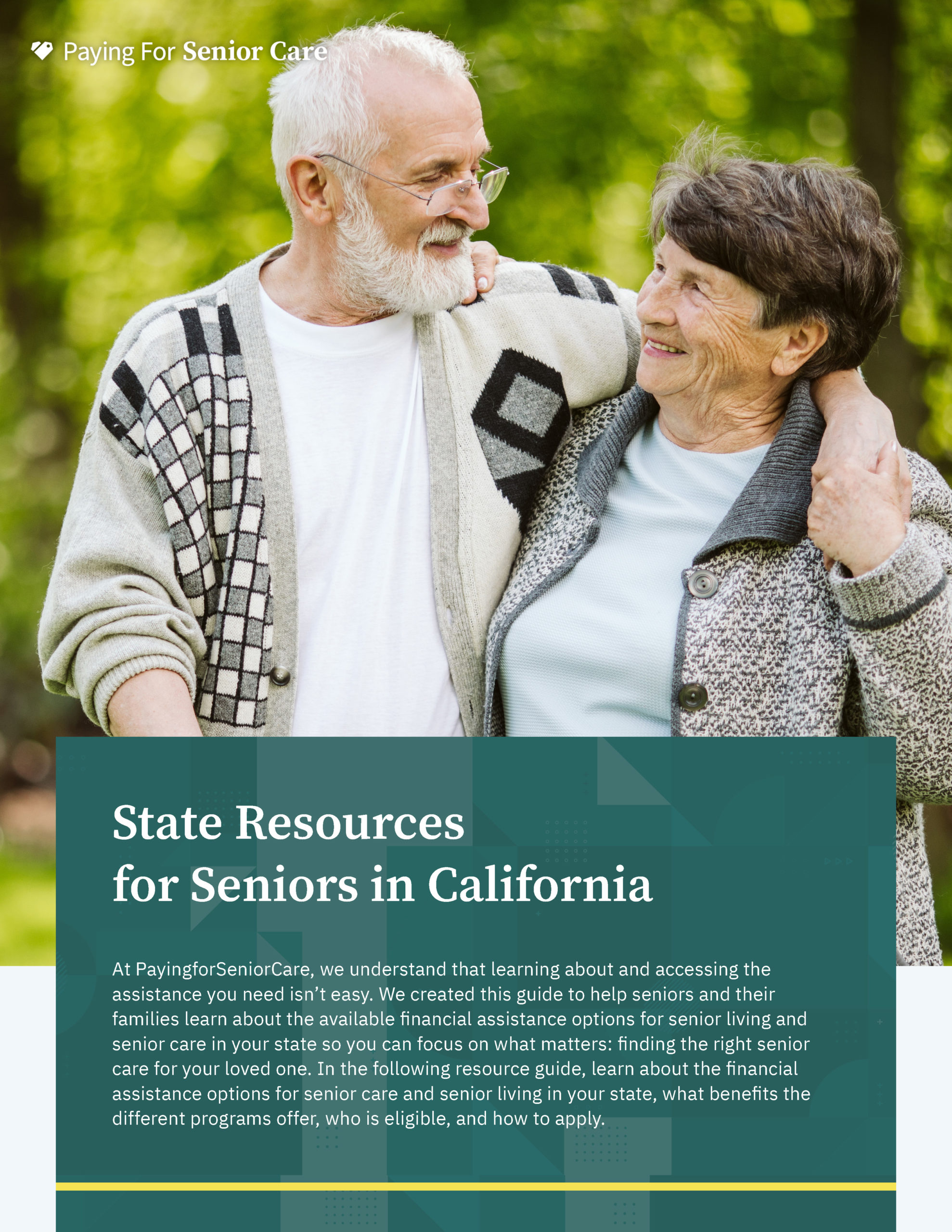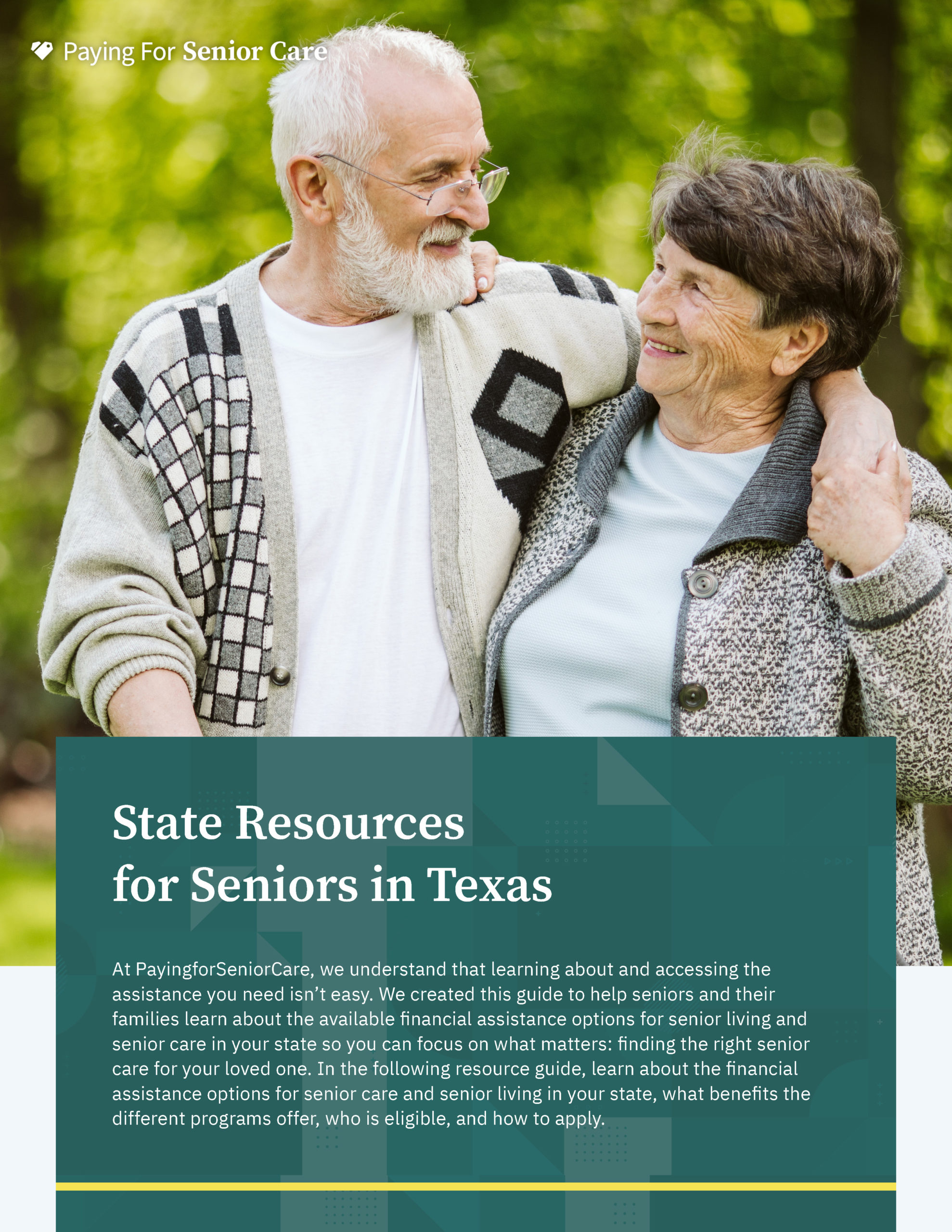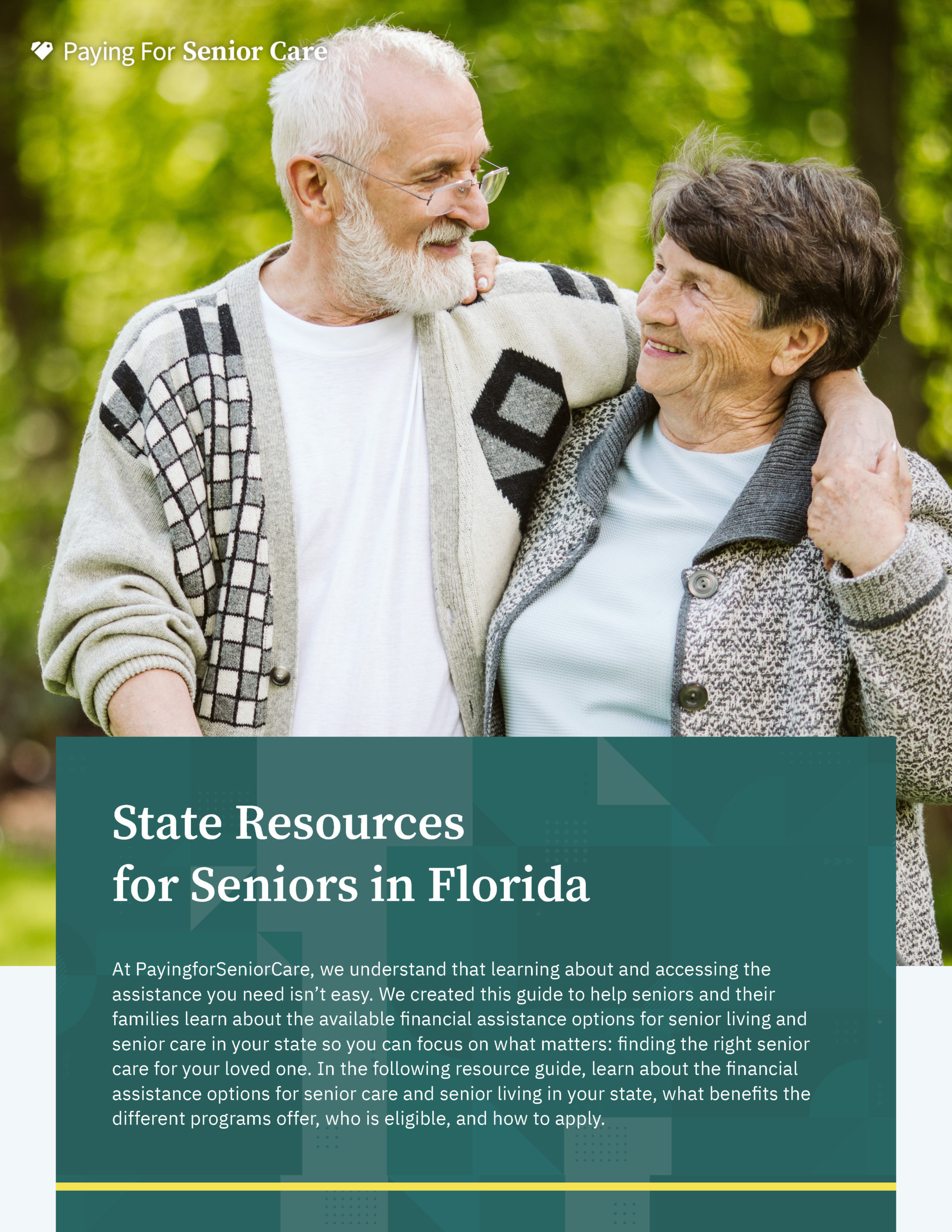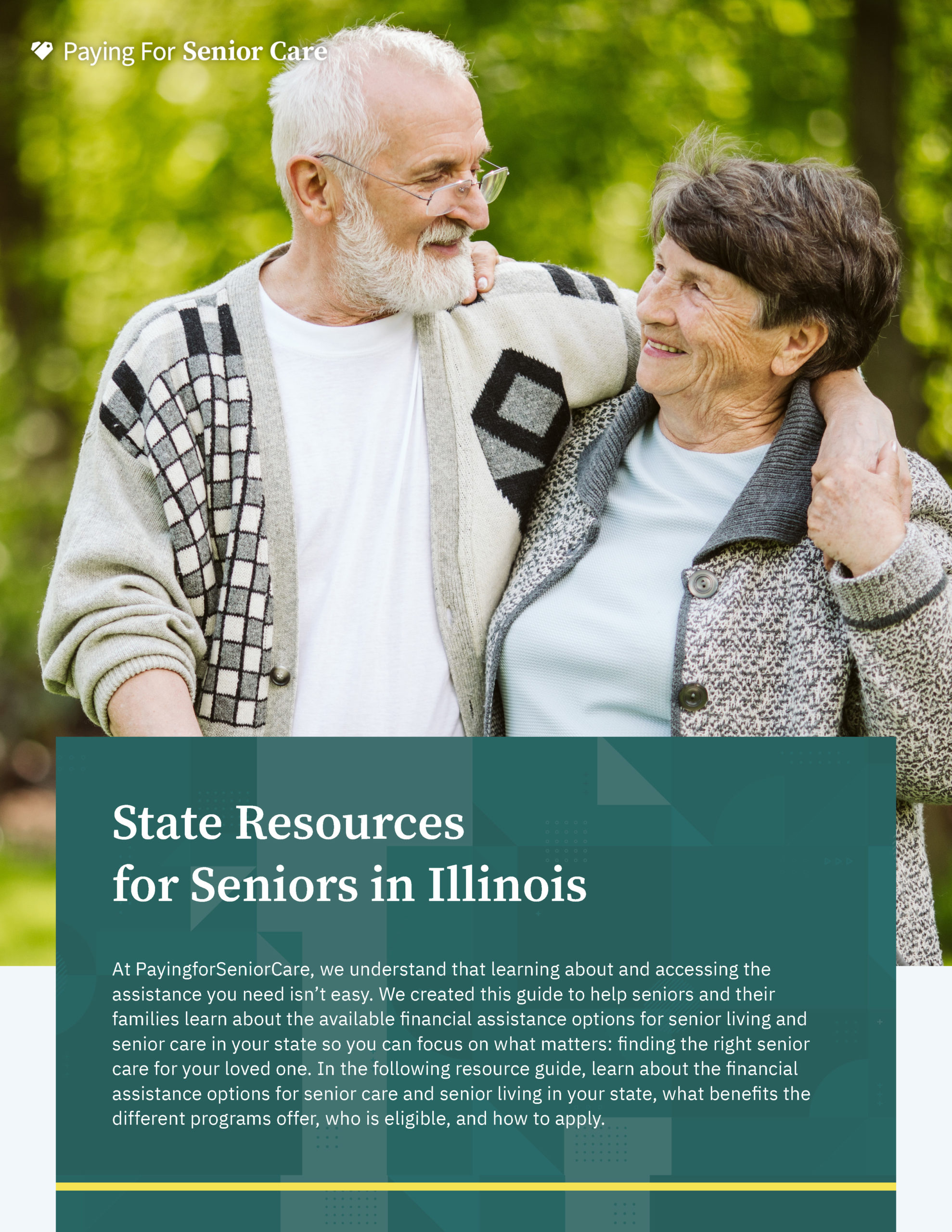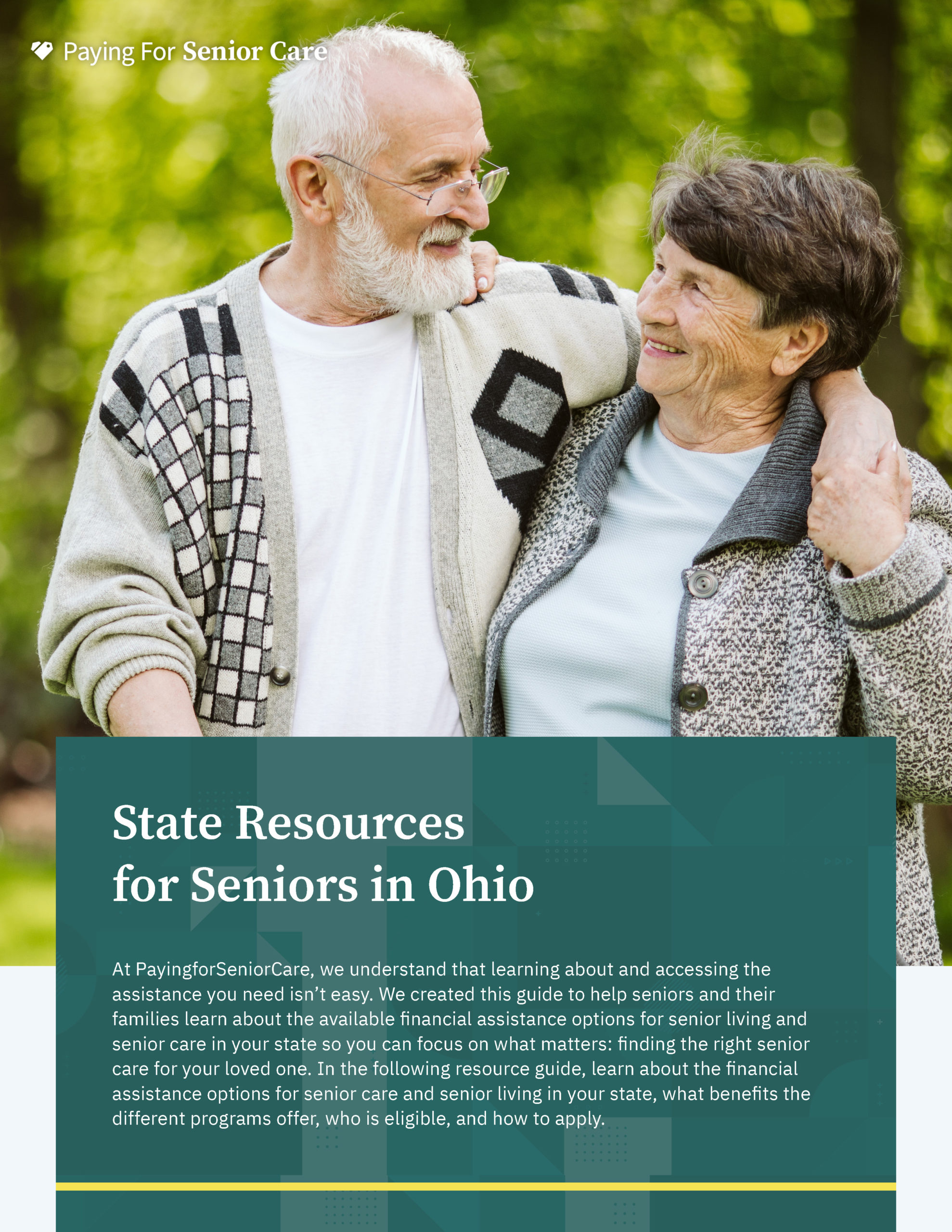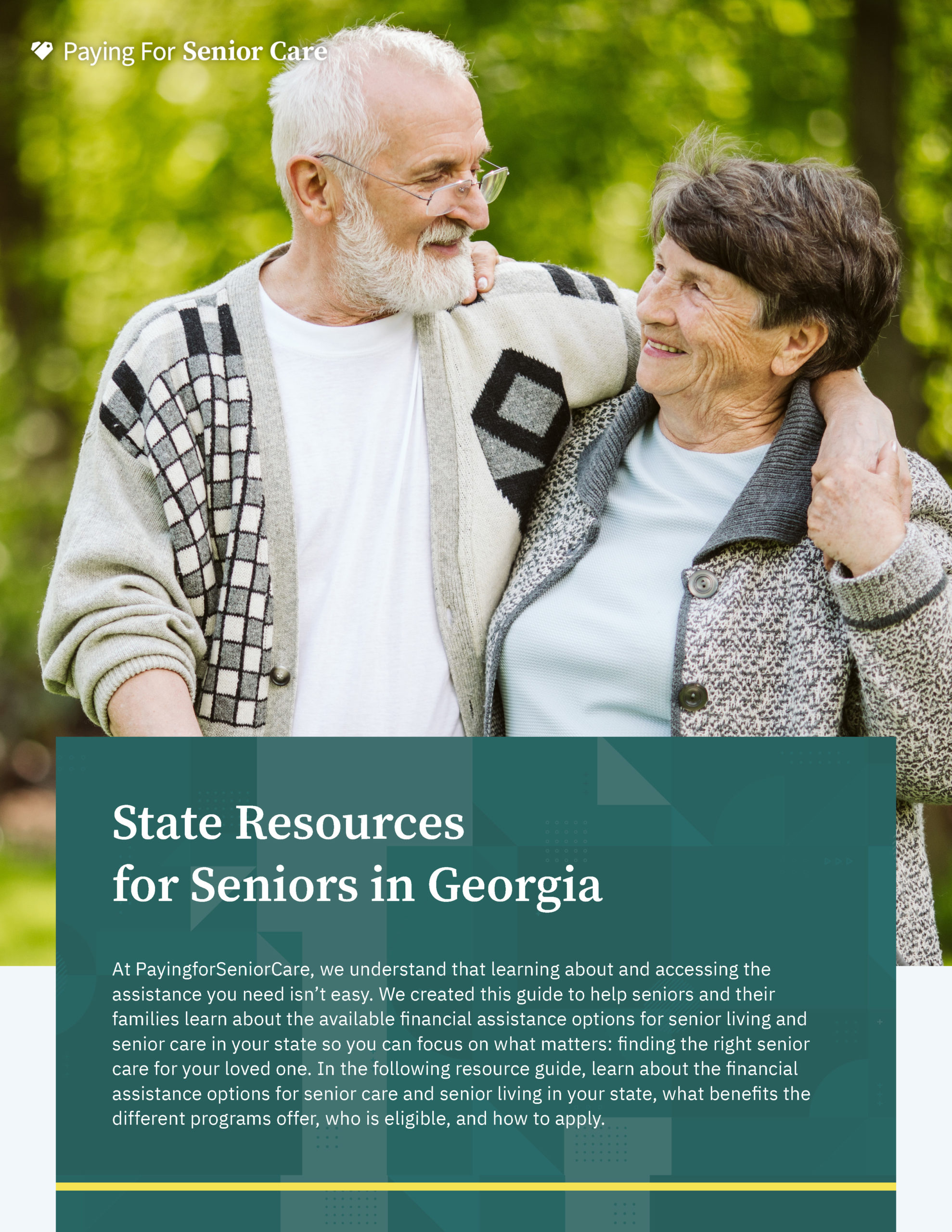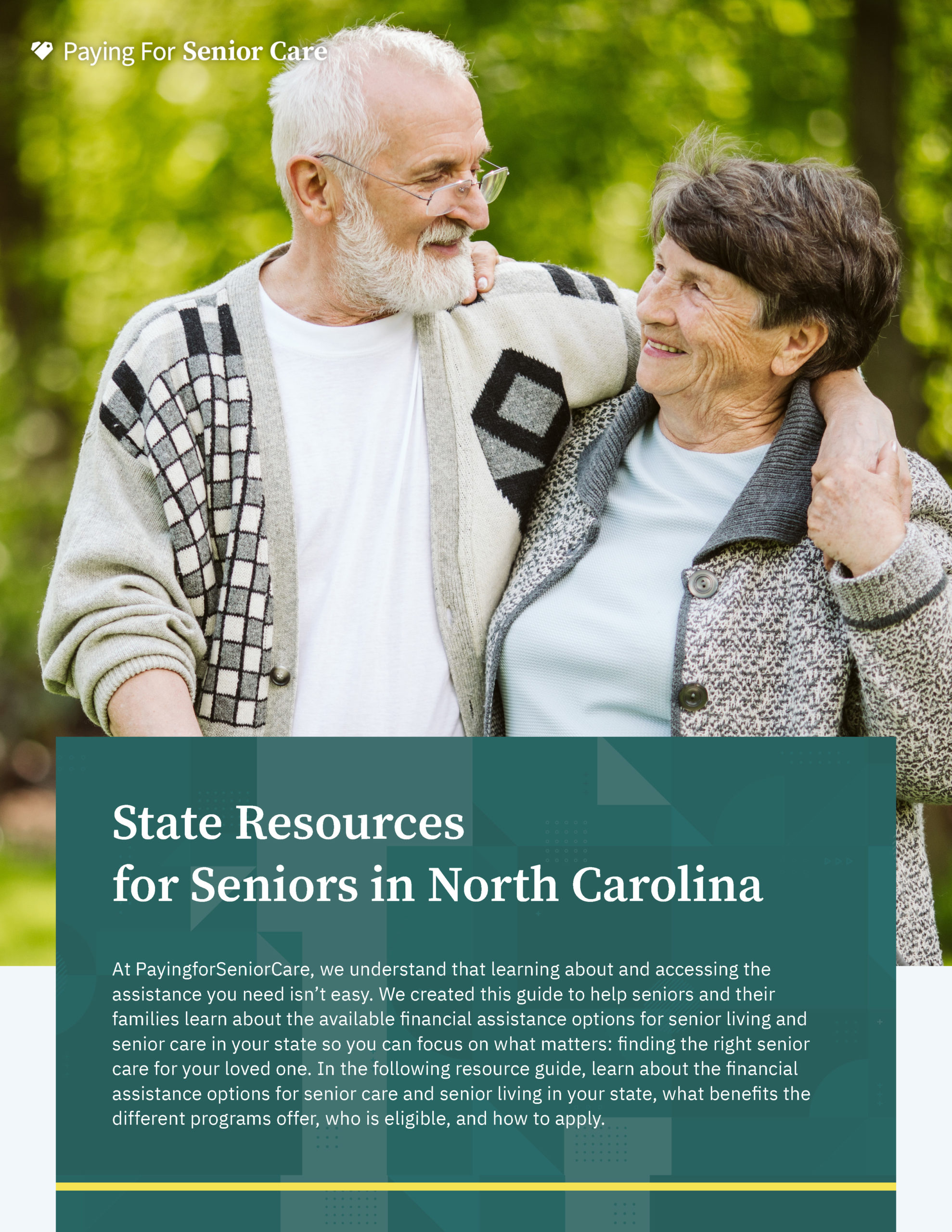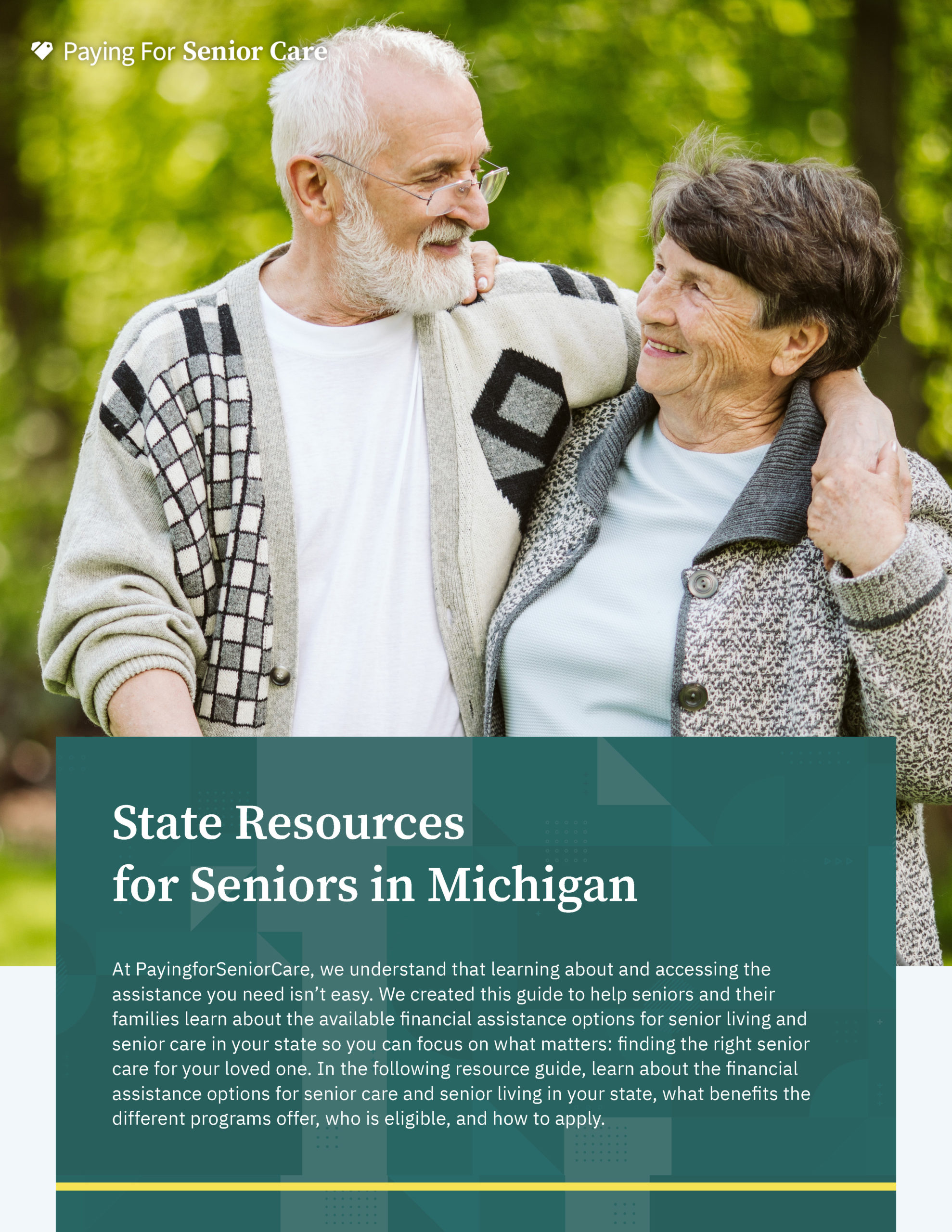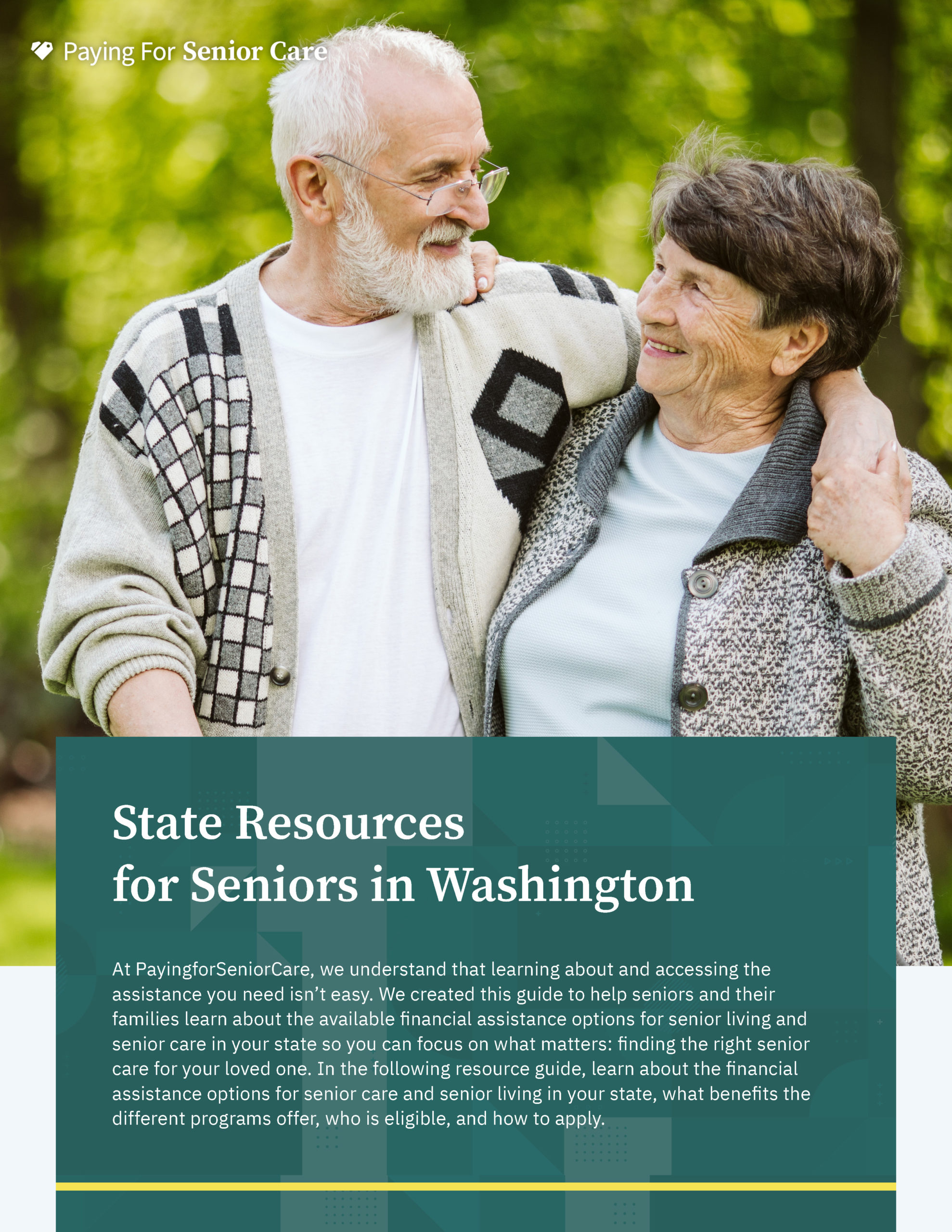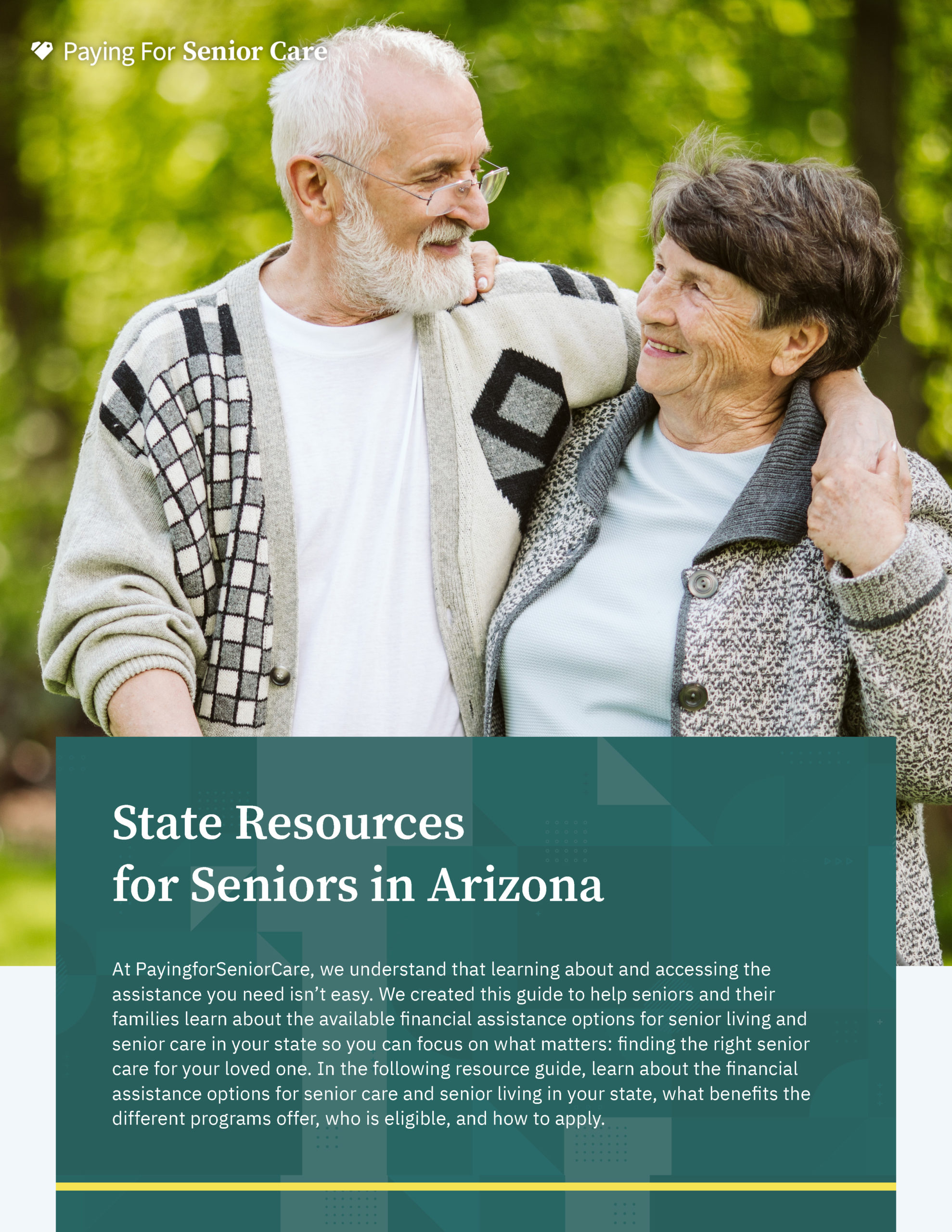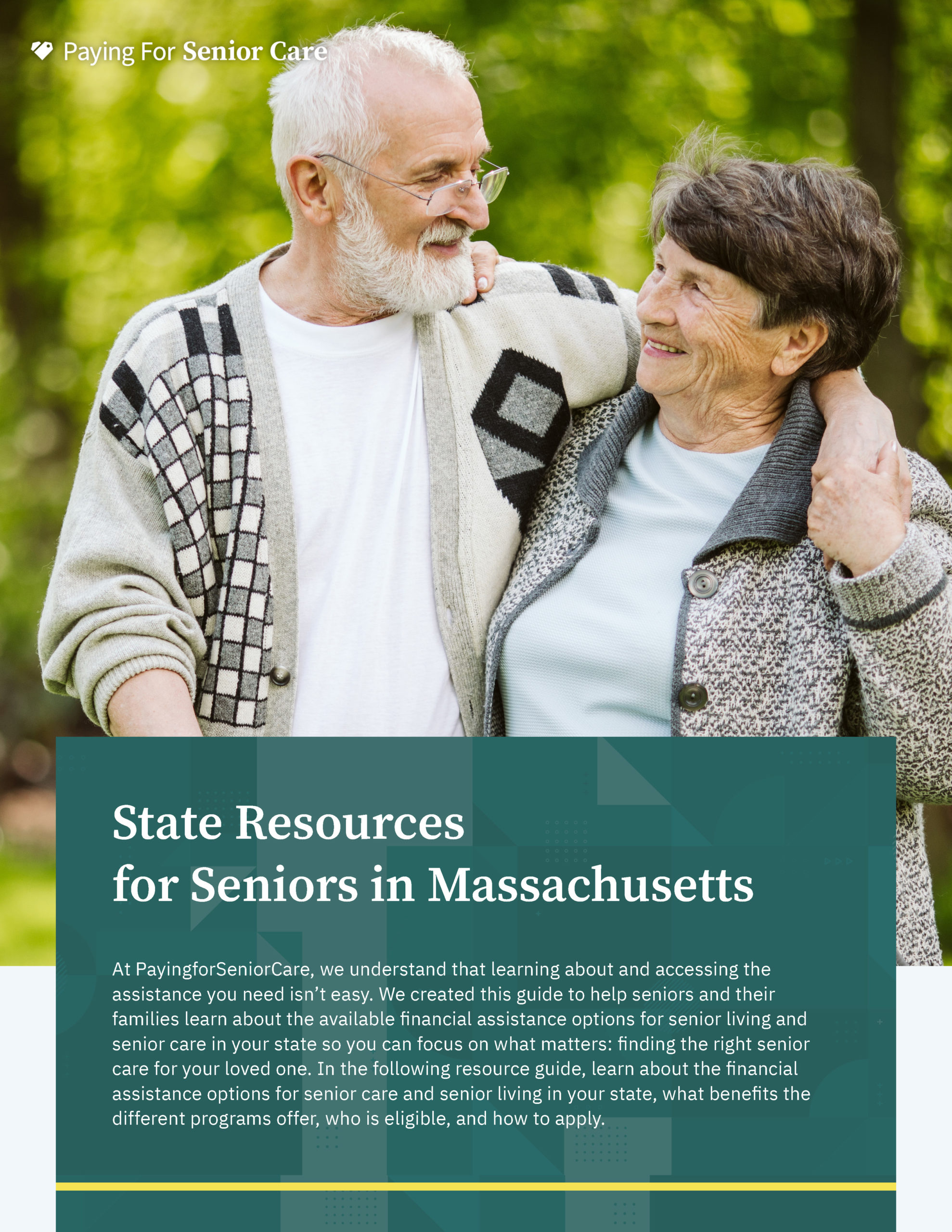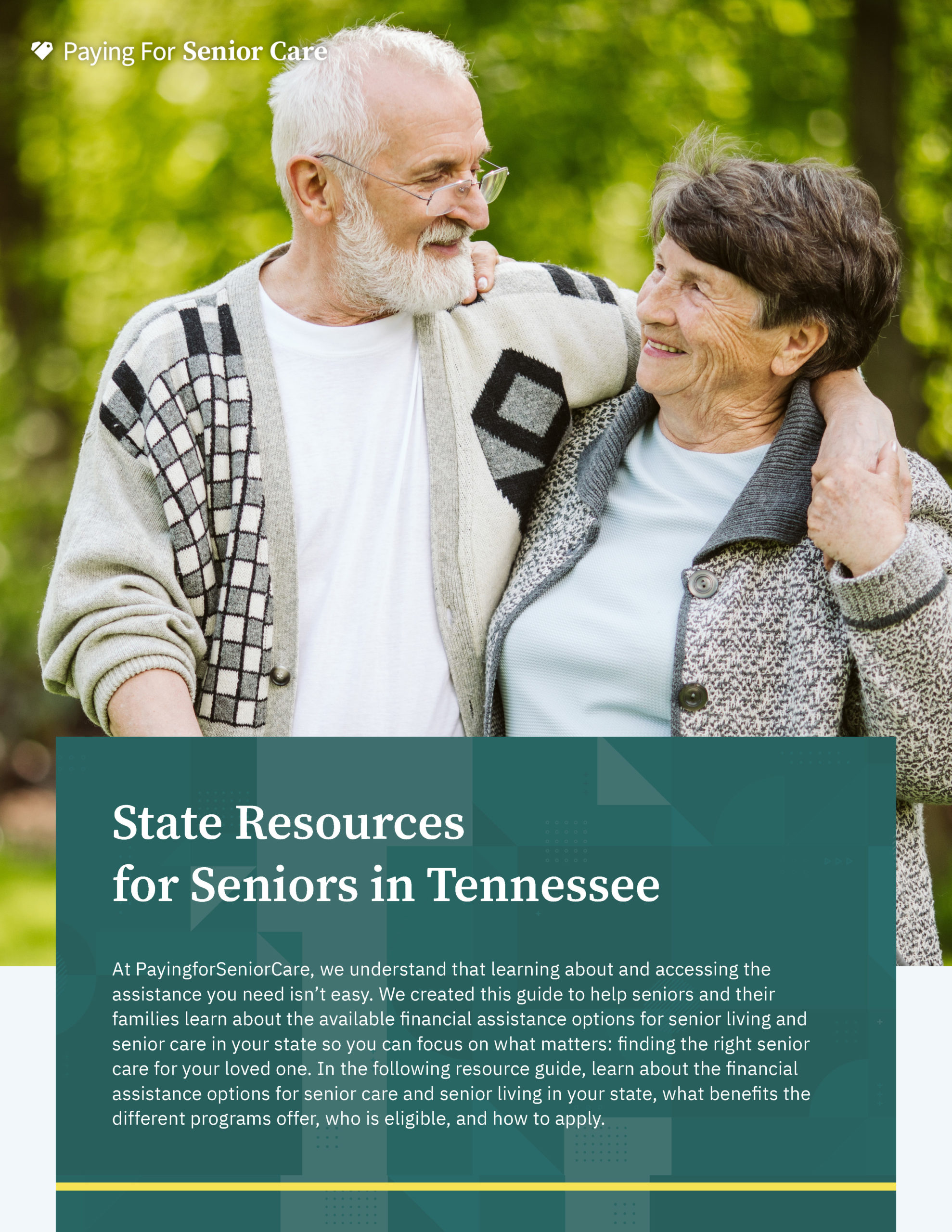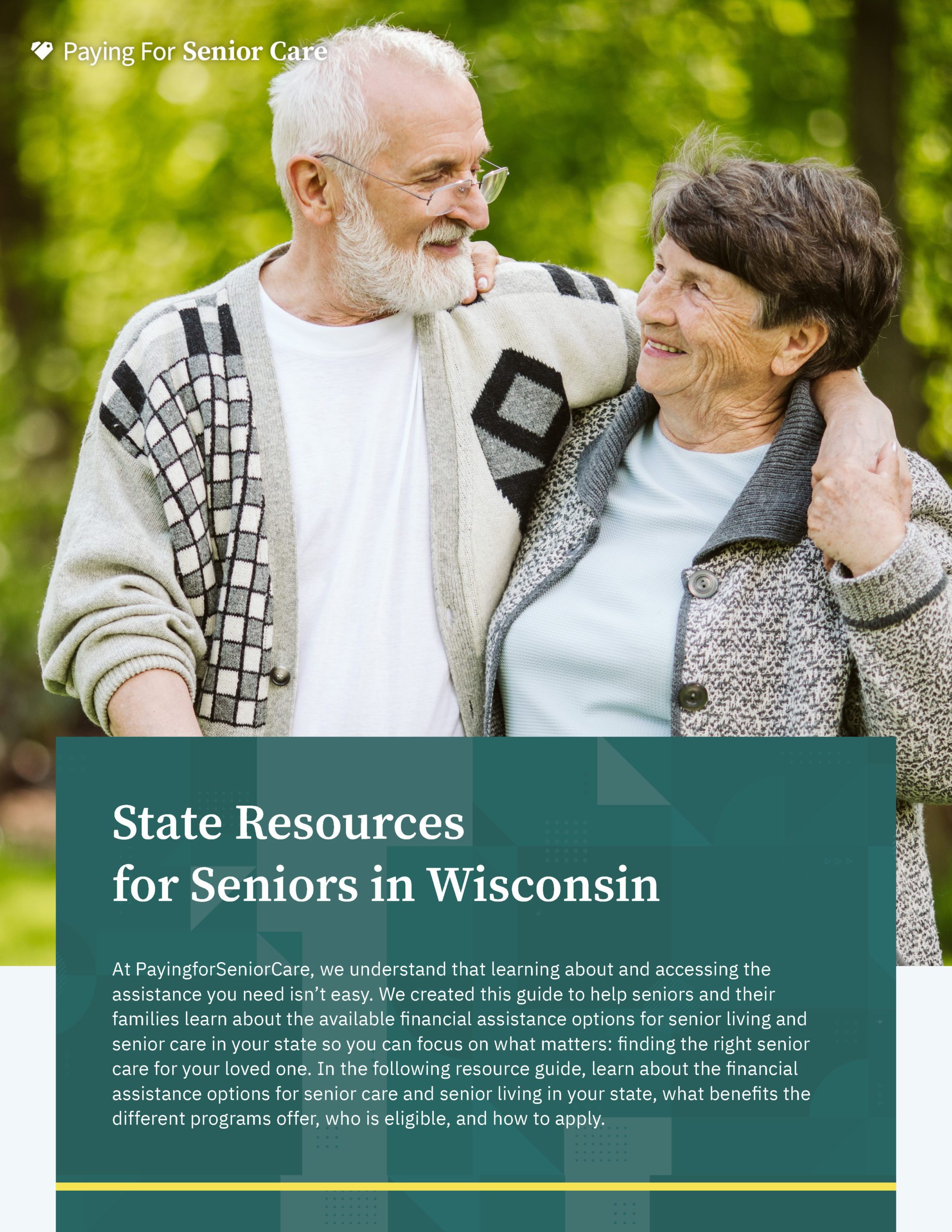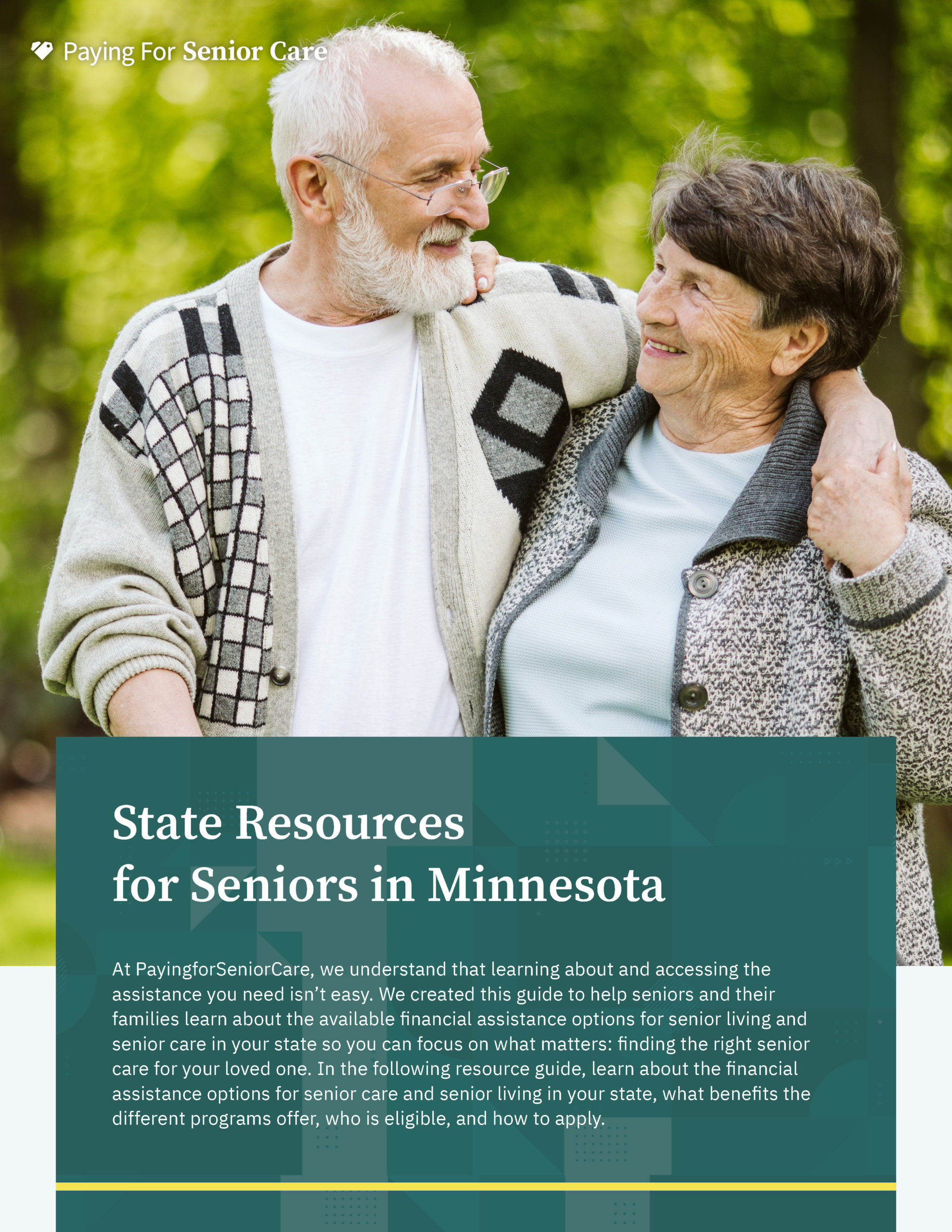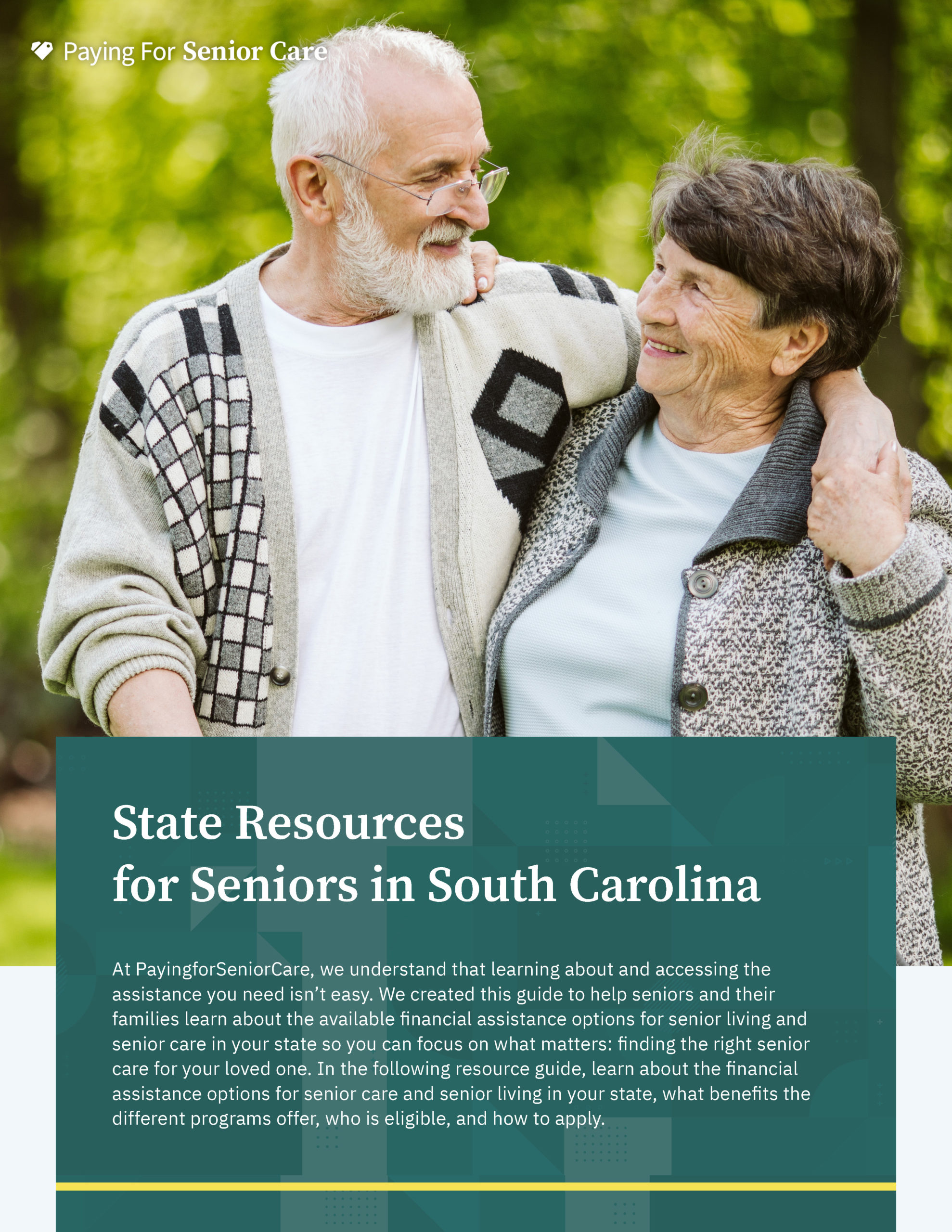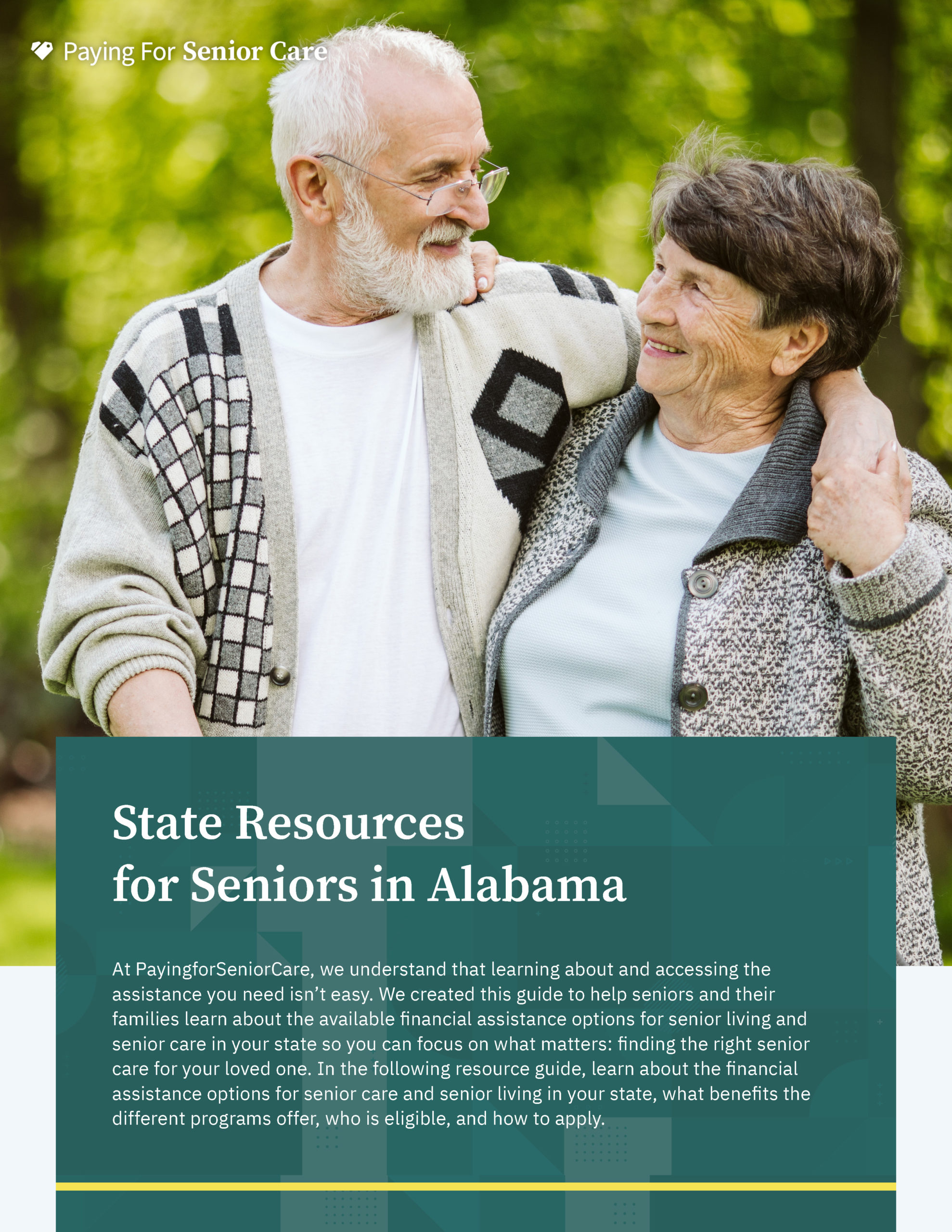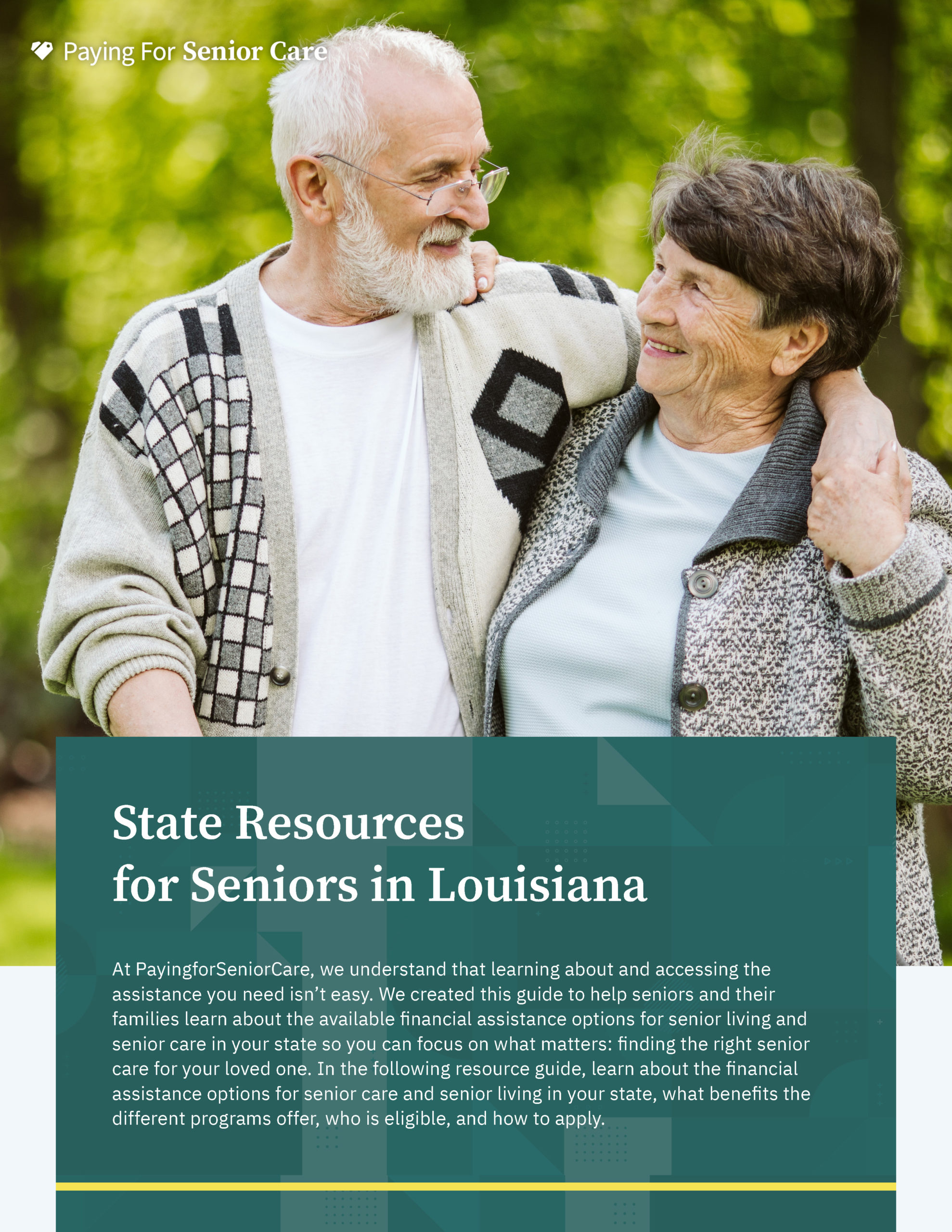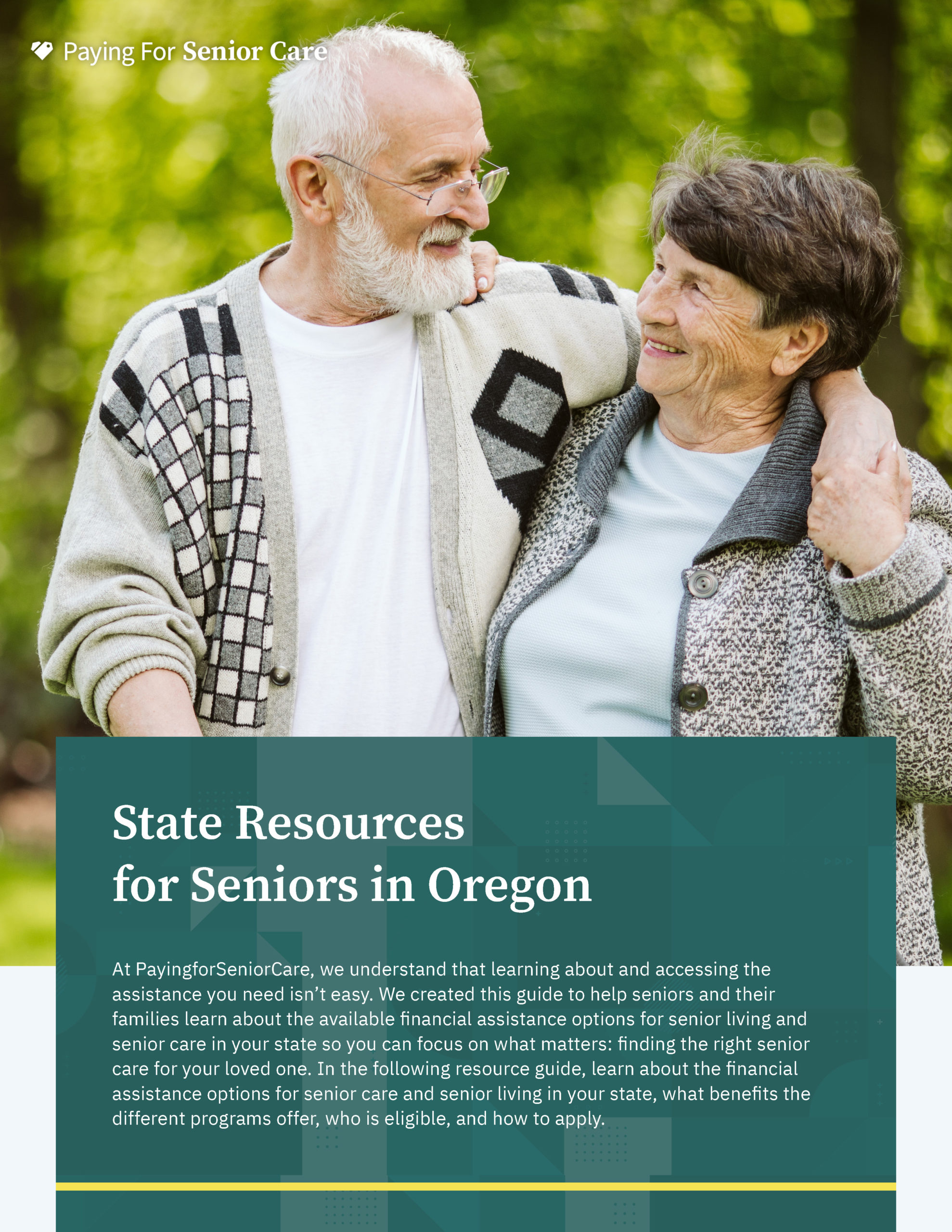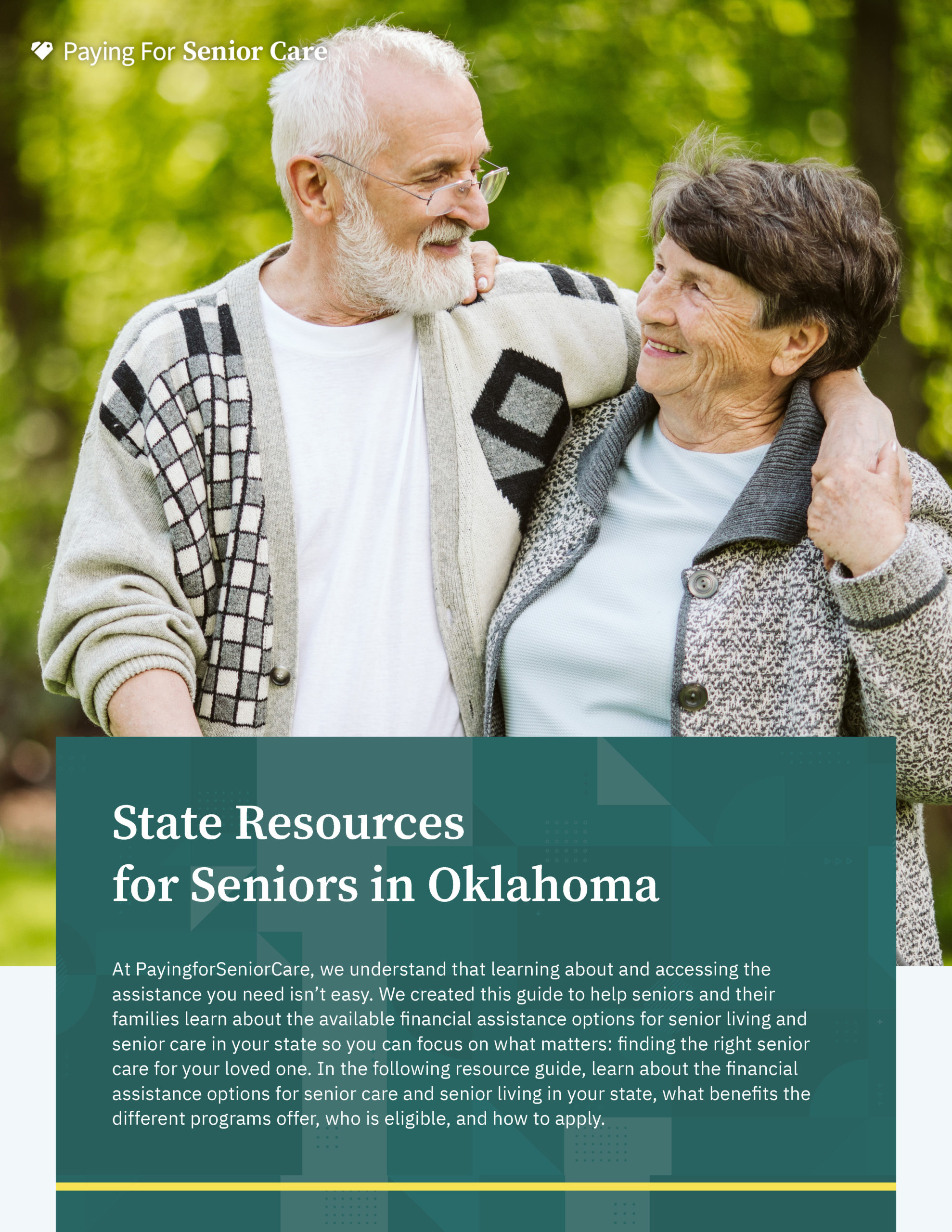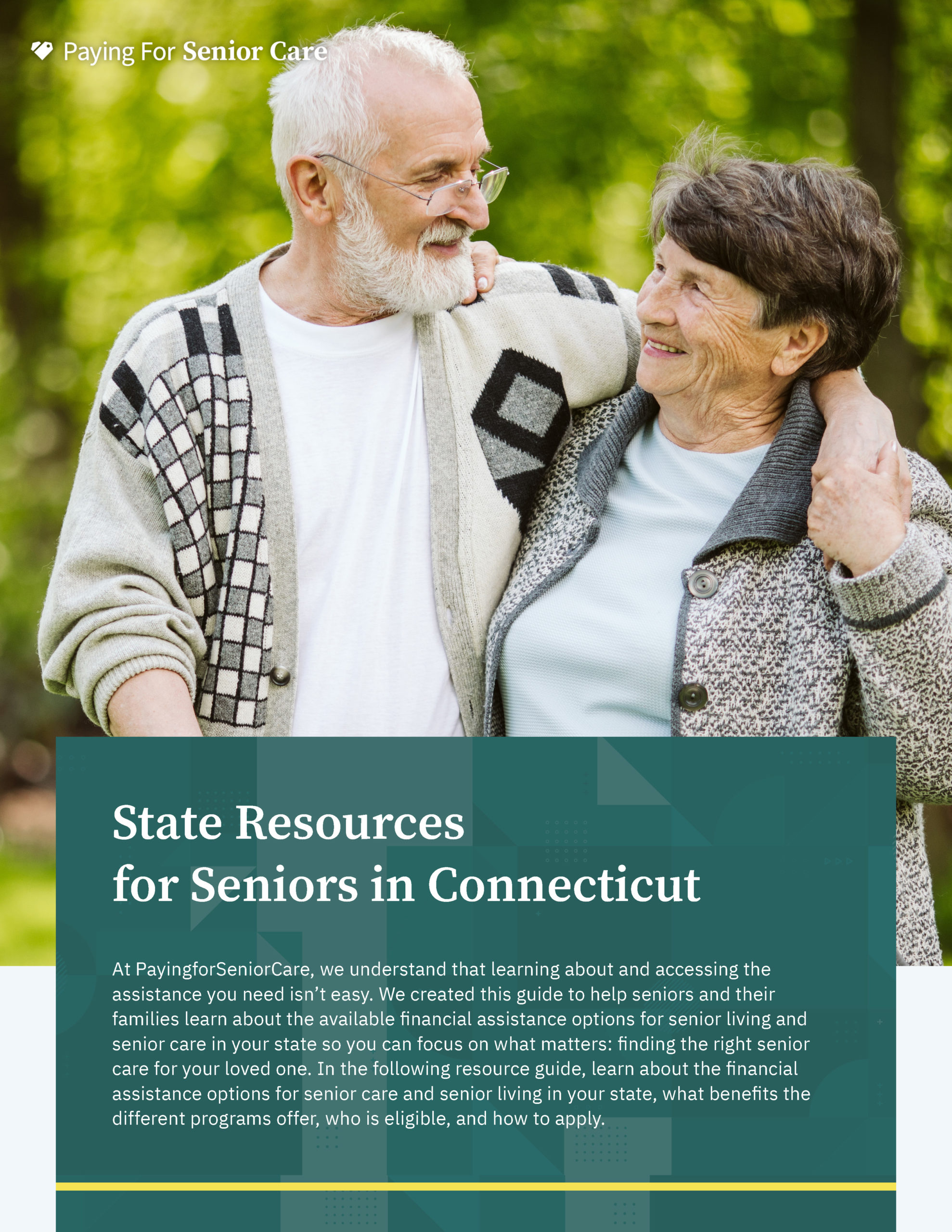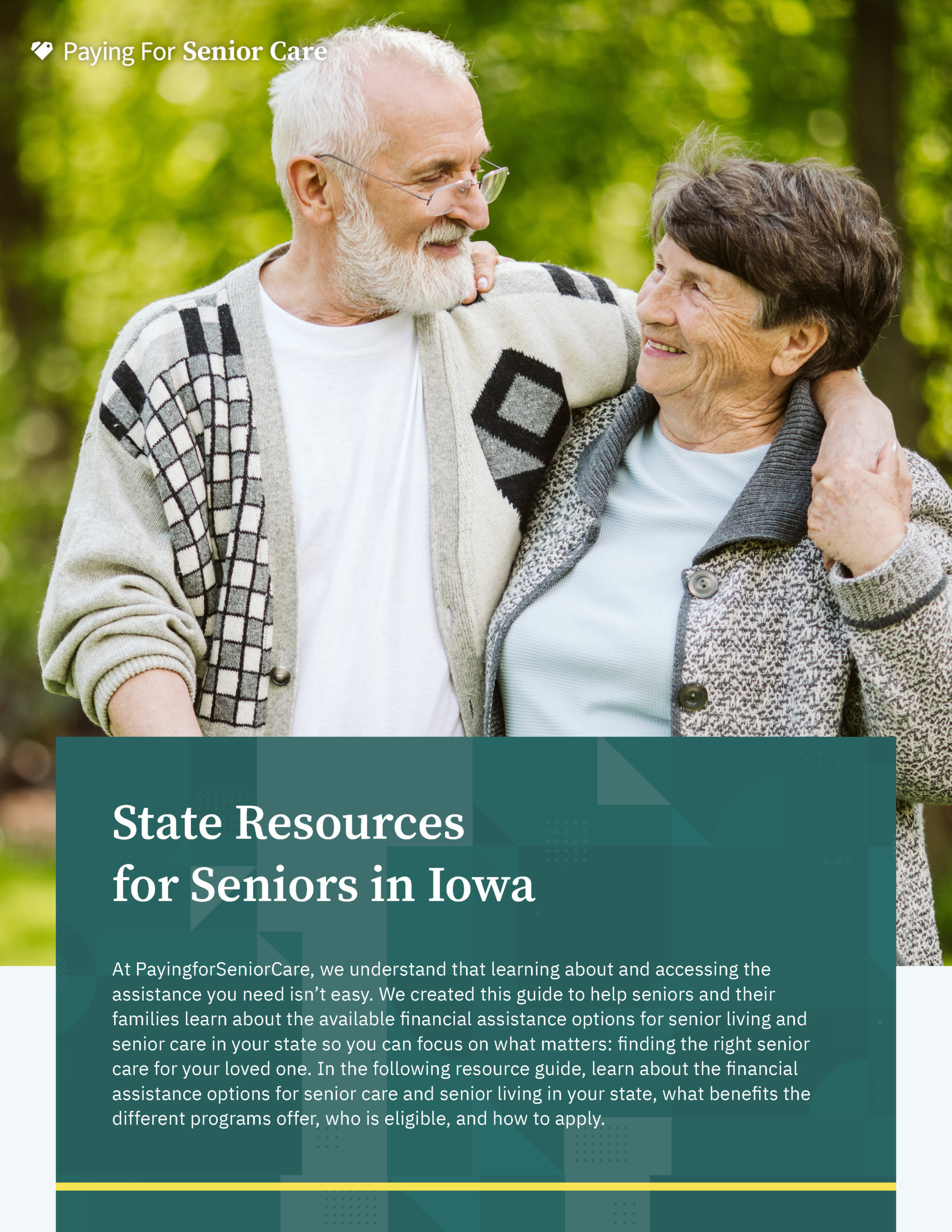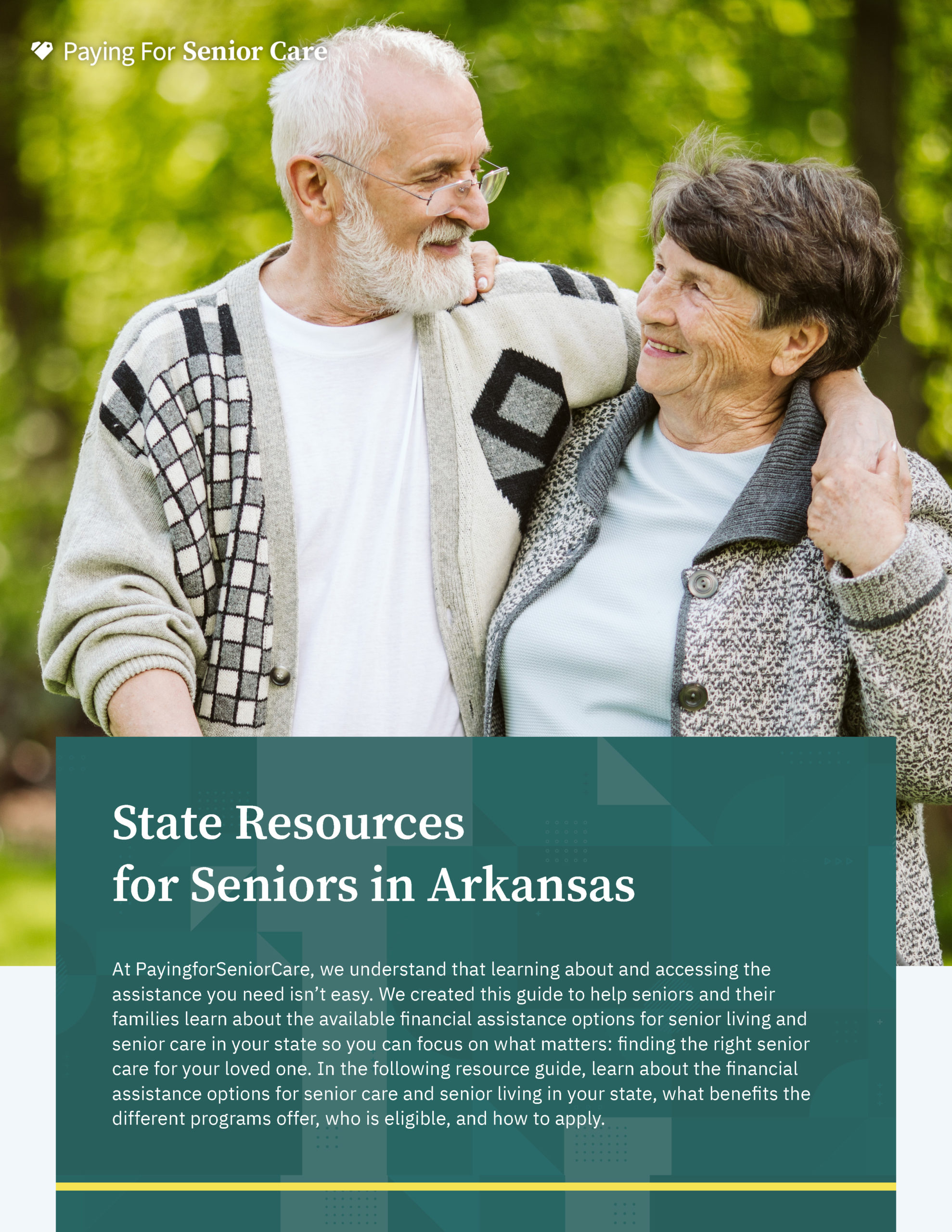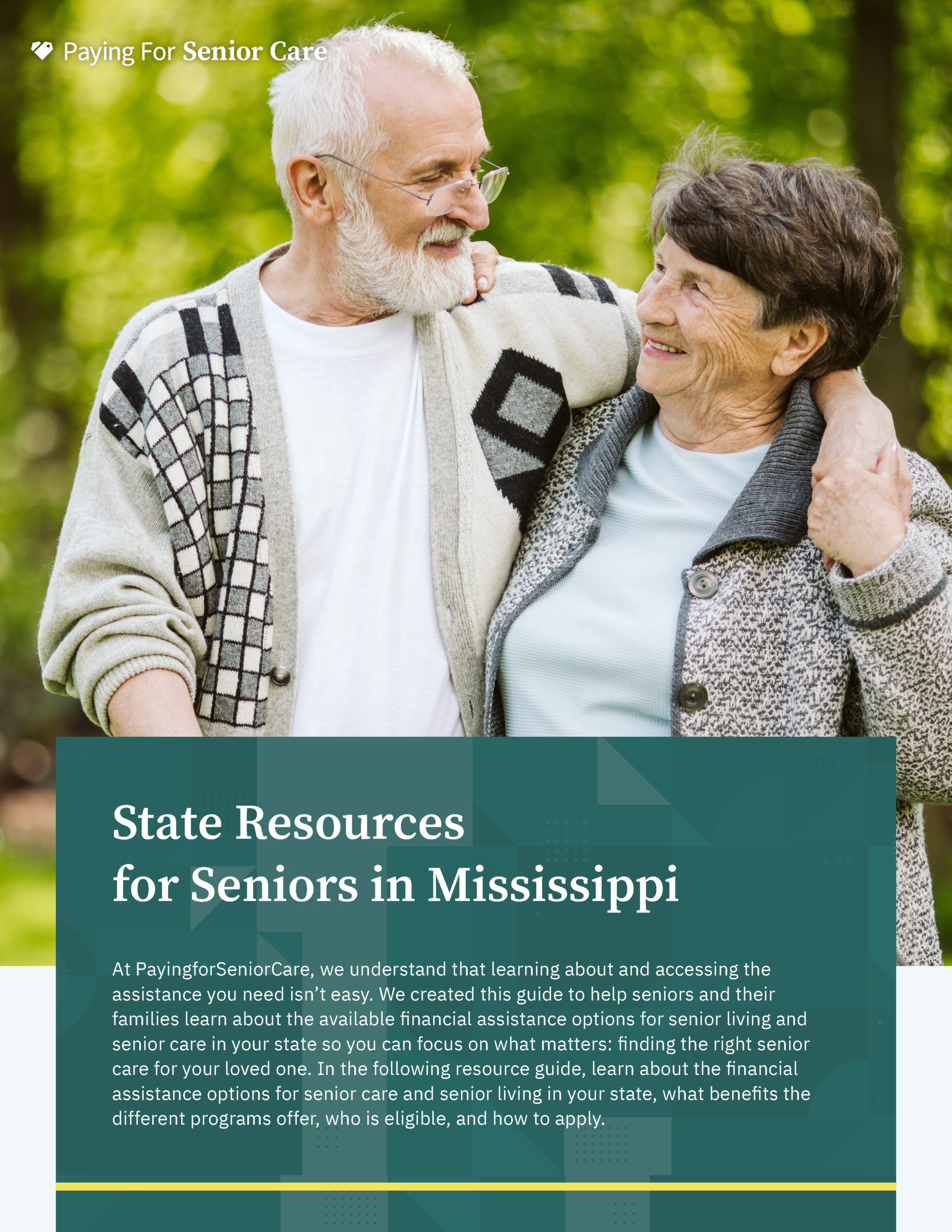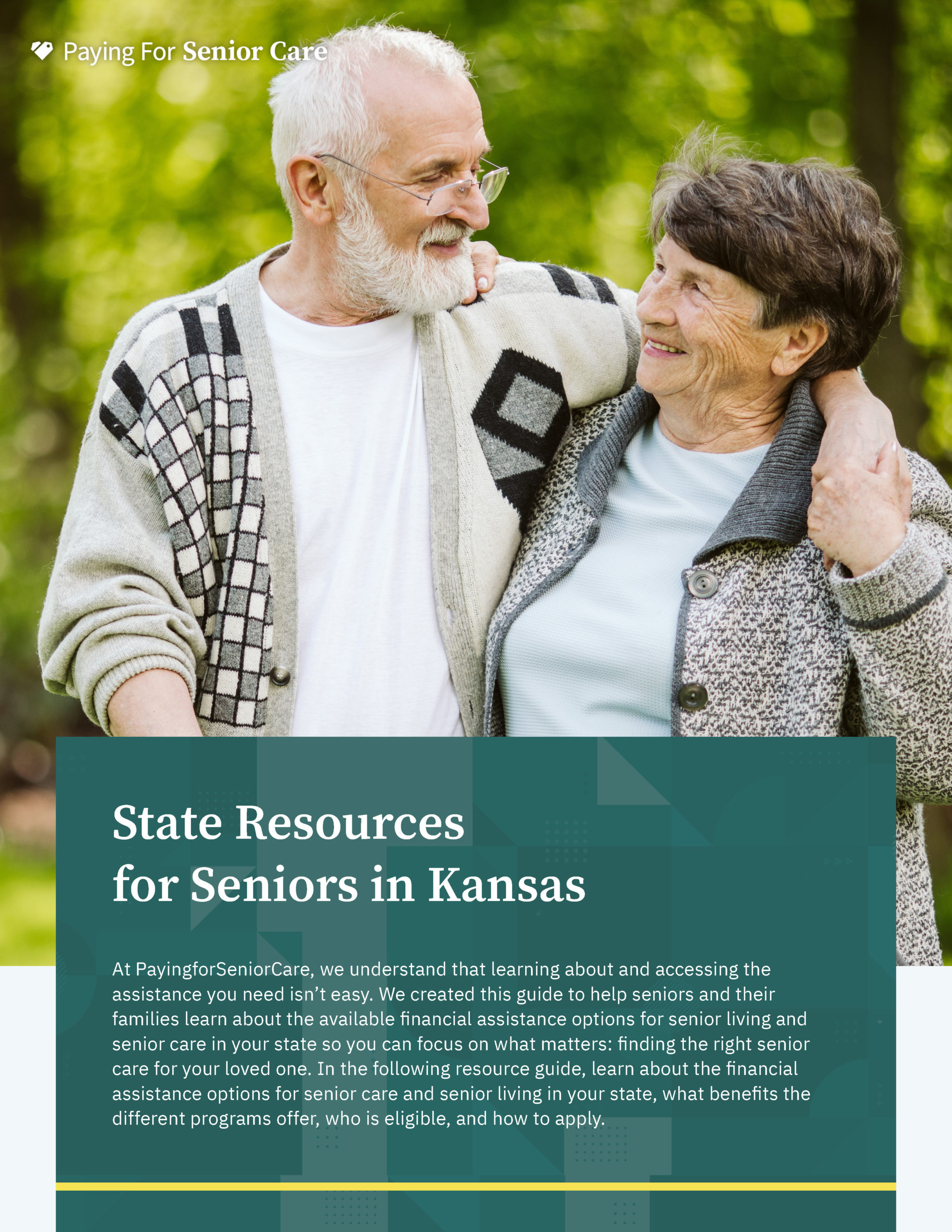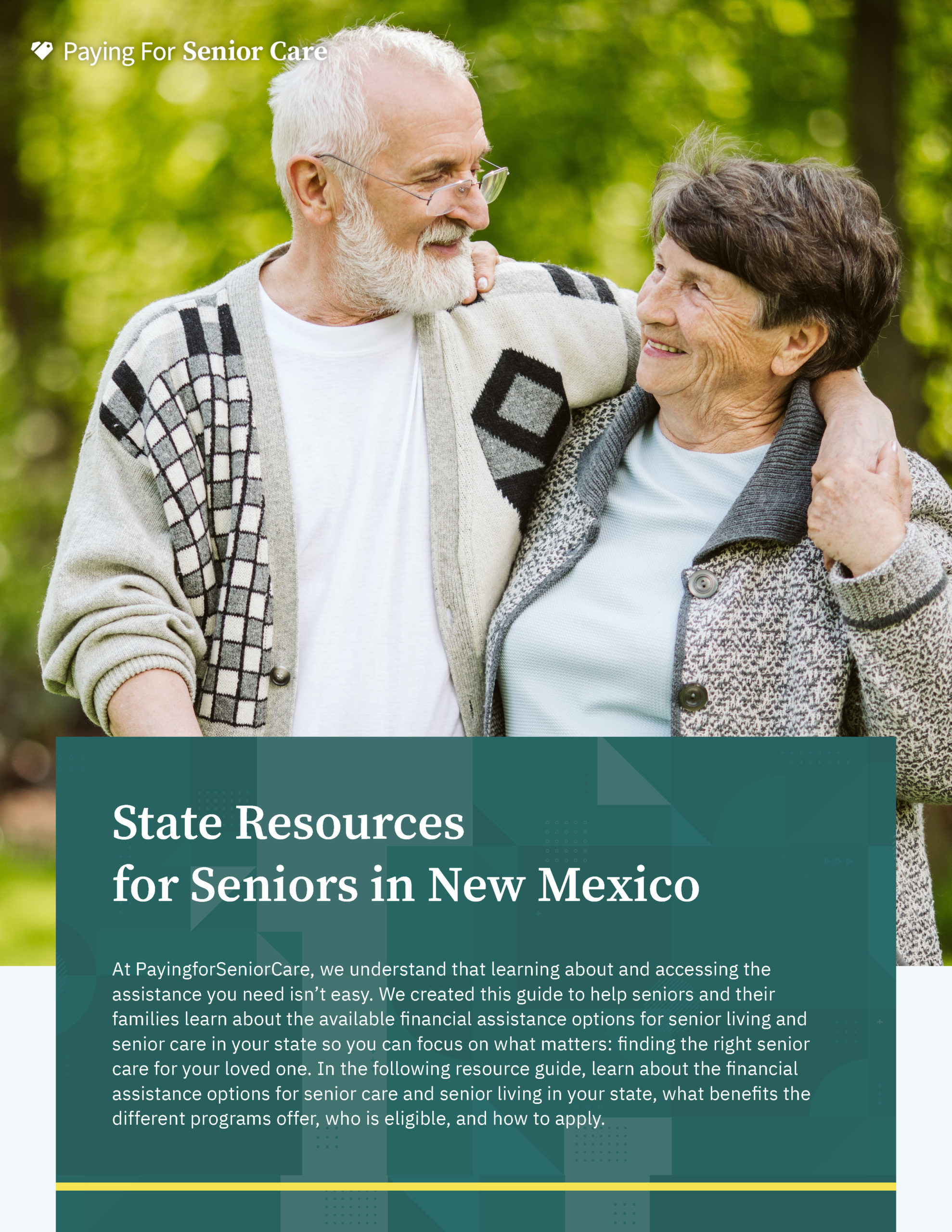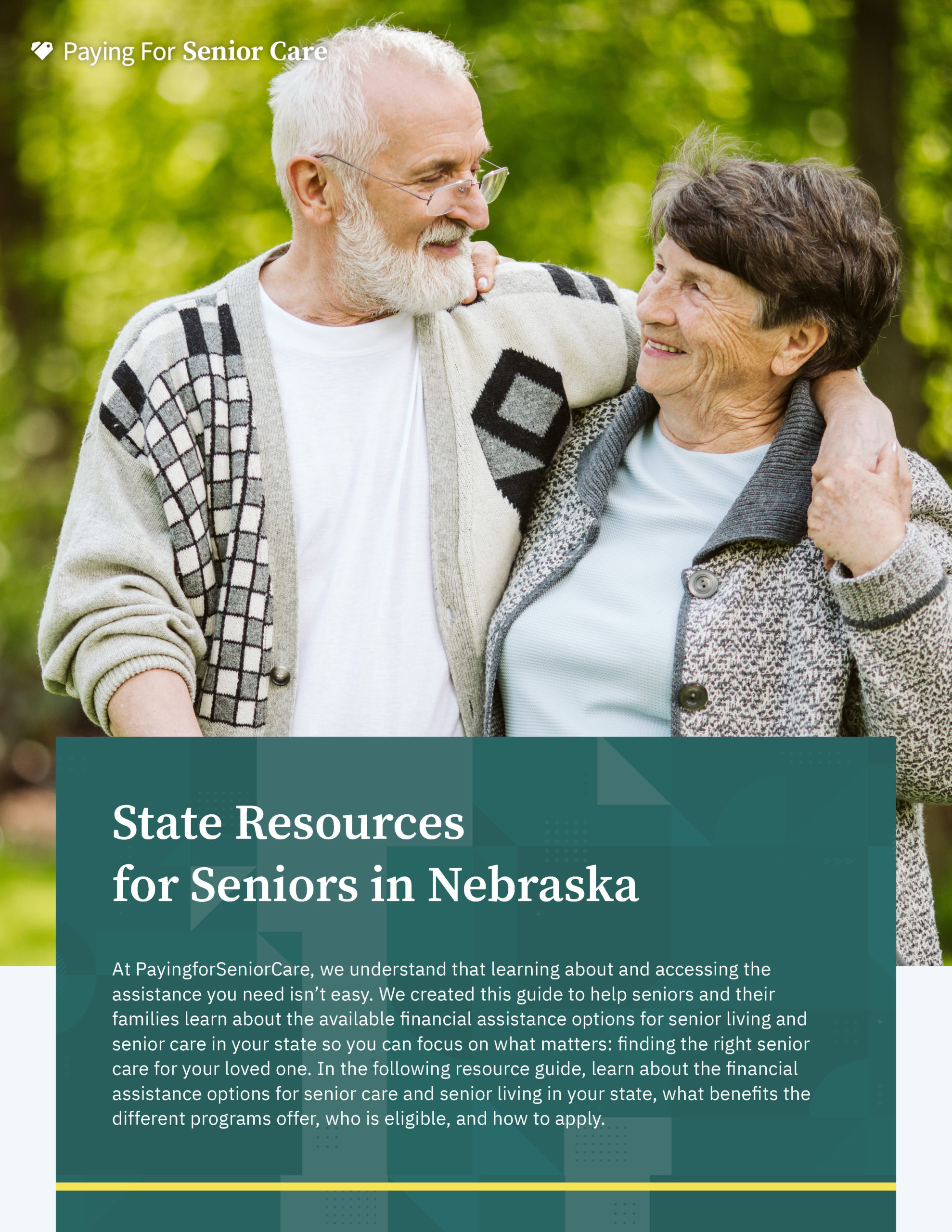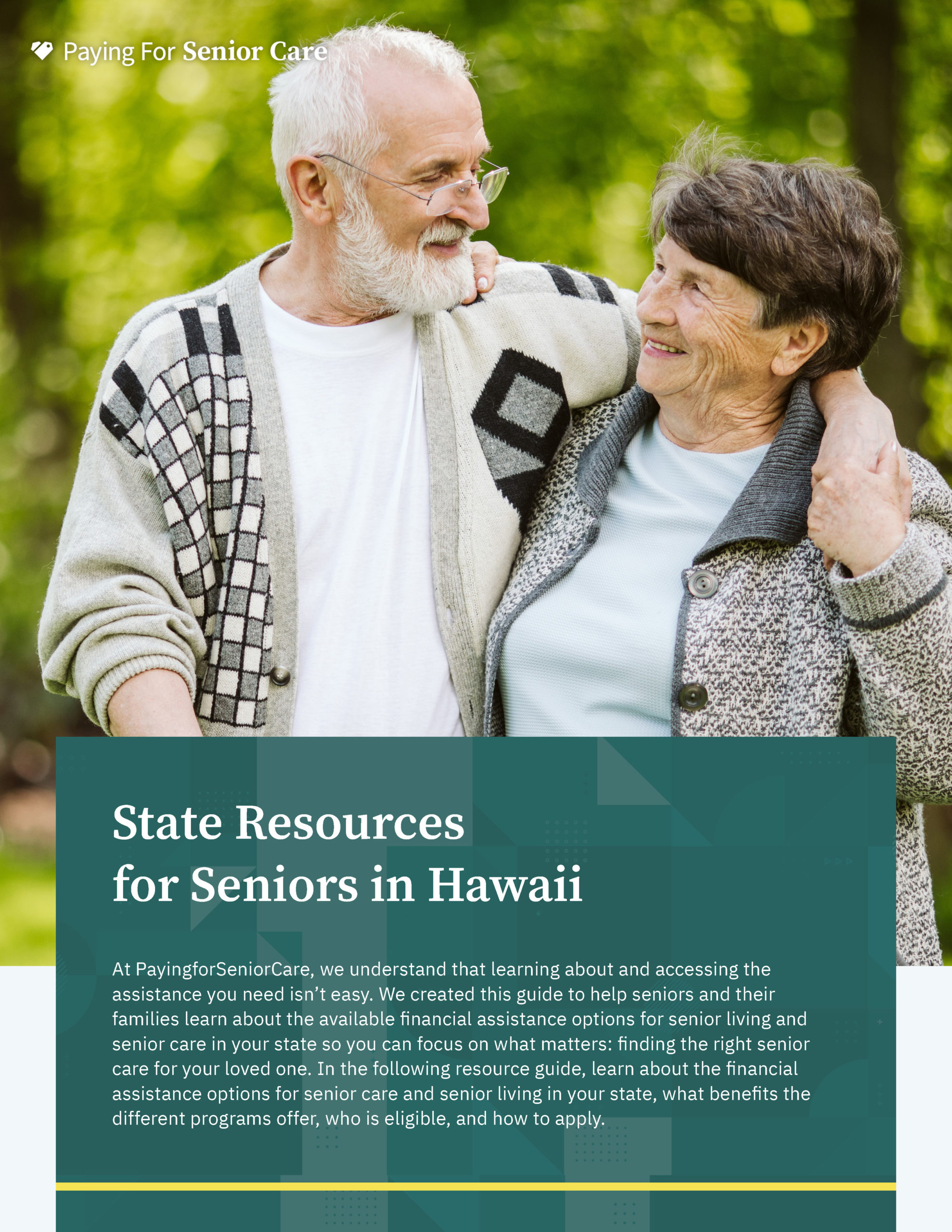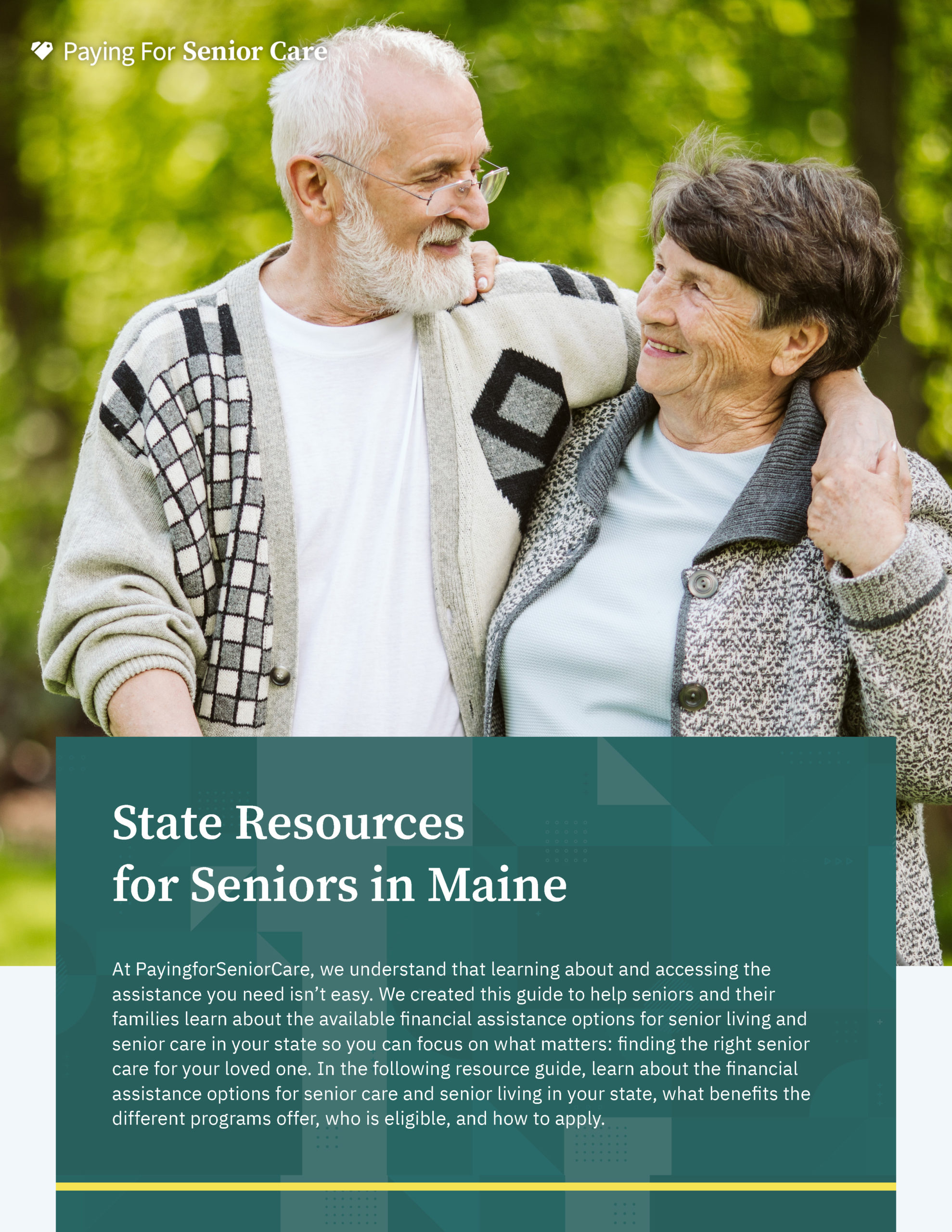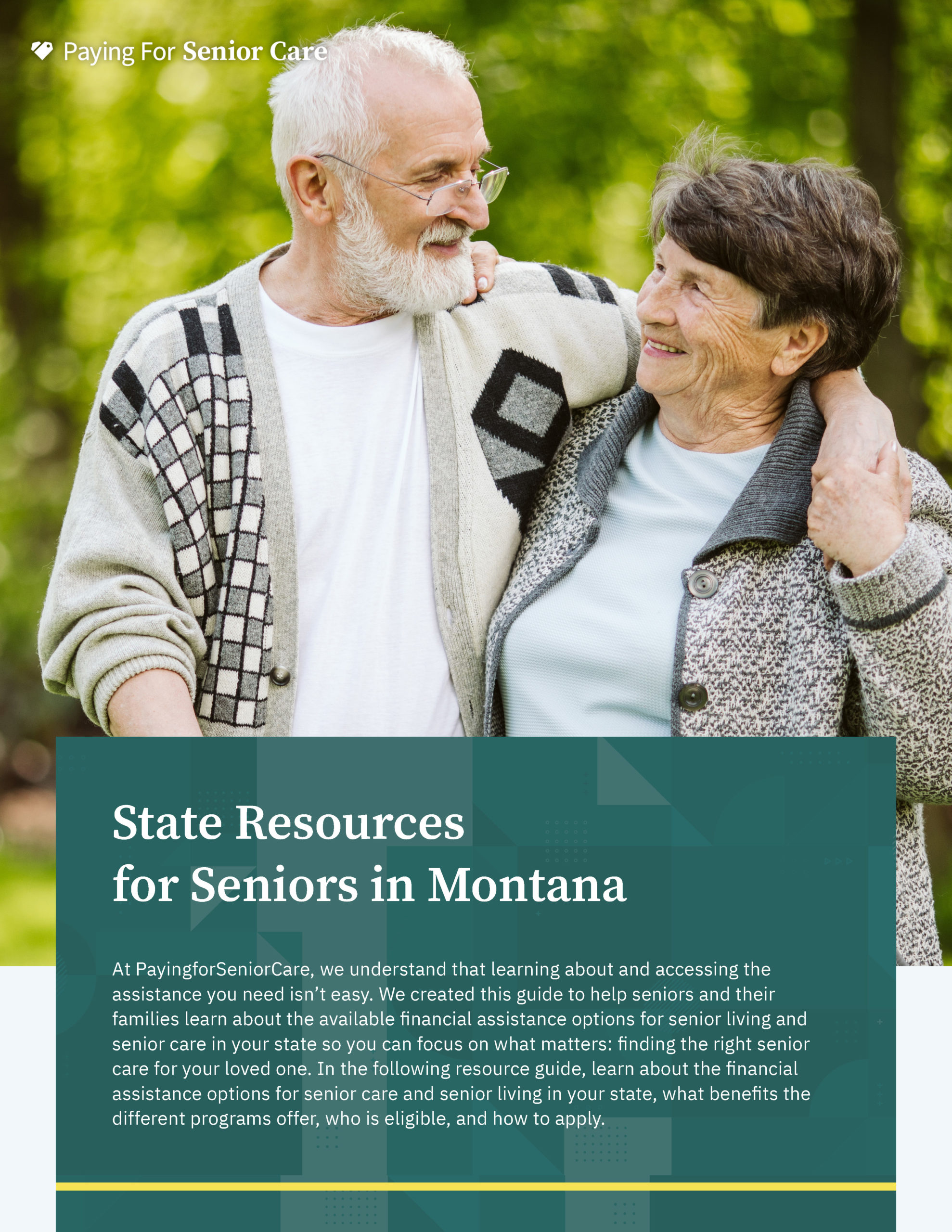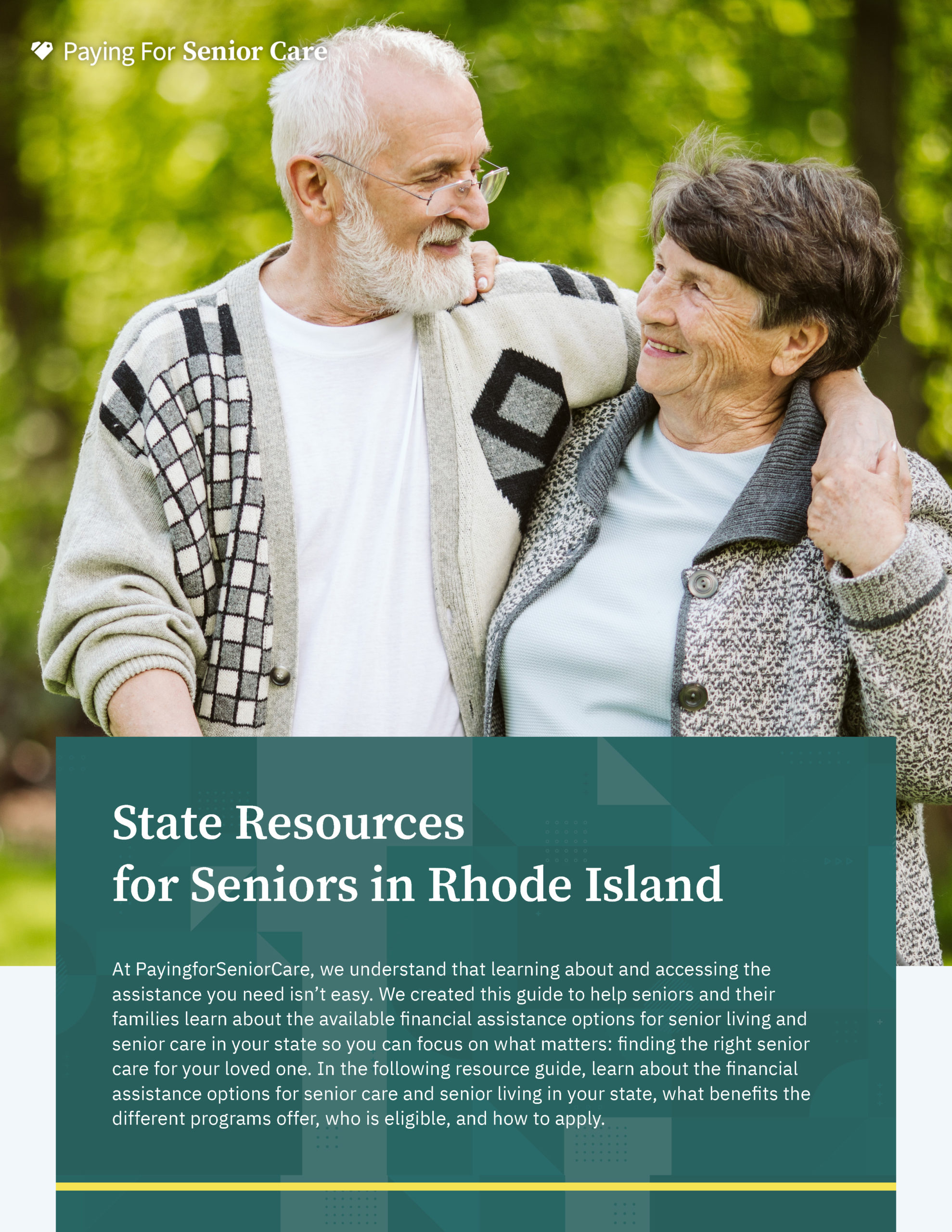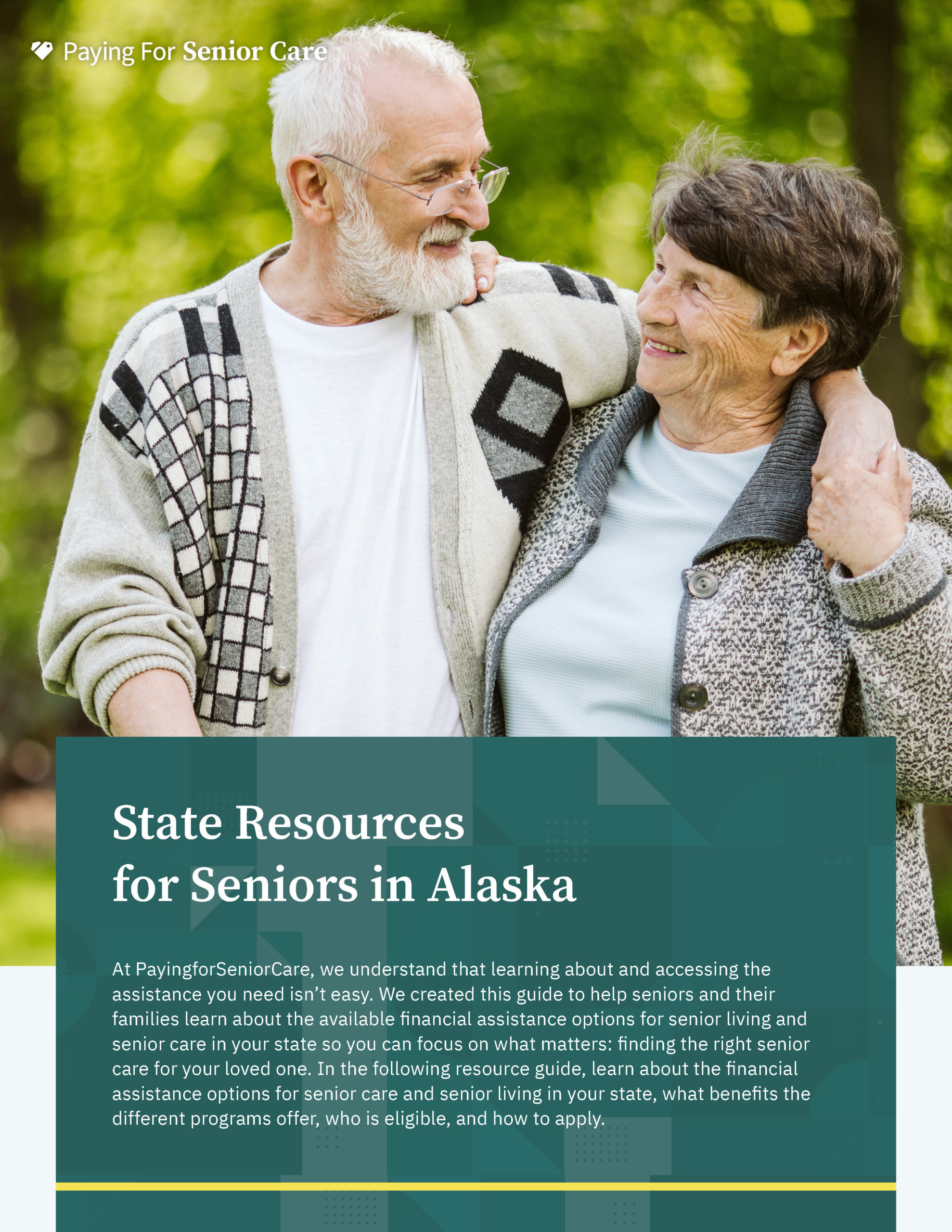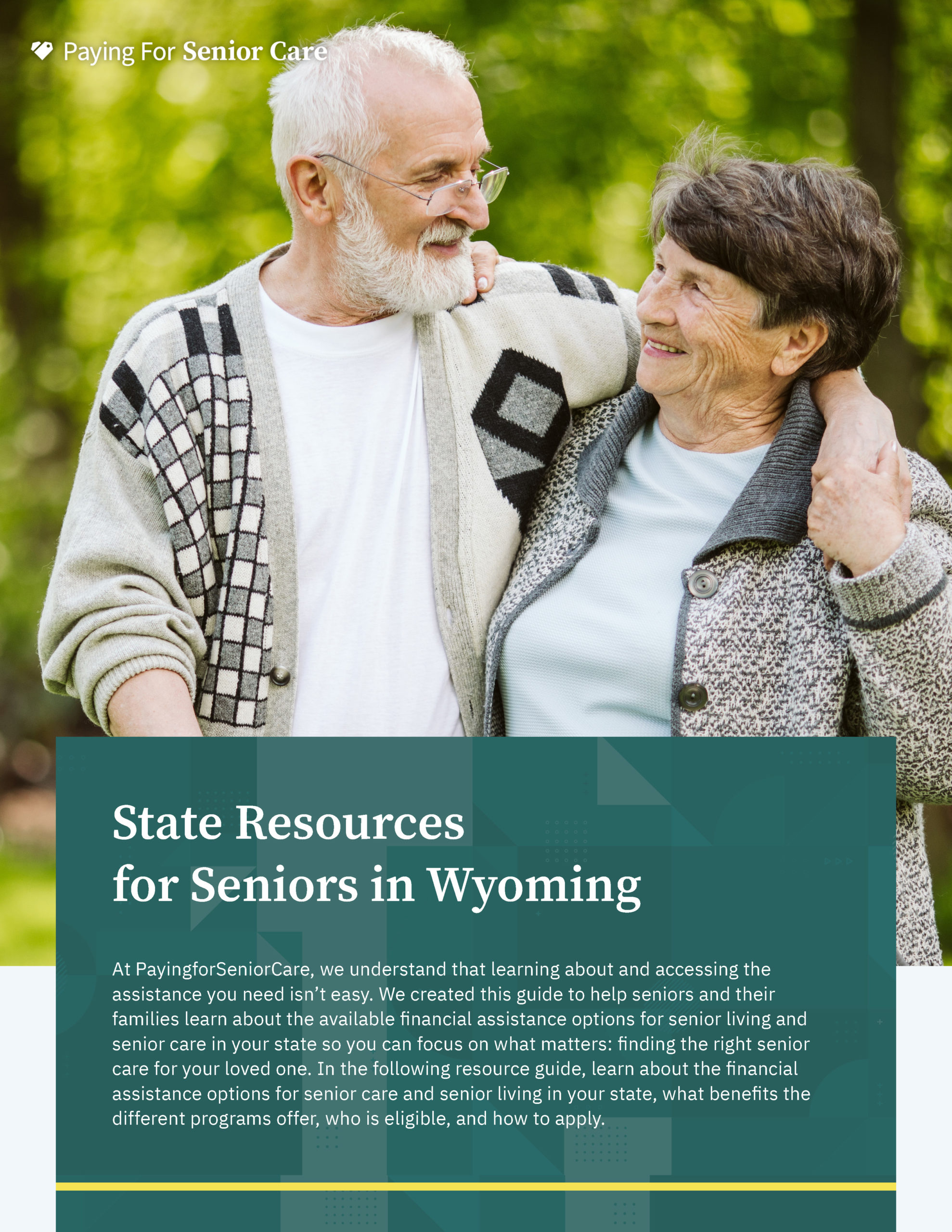Many seniors rely on Social Security benefits to pay for housing, food and other necessities. Unfortunately, high rates of inflation around the globe are driving up prices, meaning Social Security payments don’t stretch quite as far as they did in the past. Although the Social Security Administration does adjust its benefit amounts for inflation, the adjustments aren’t always enough to keep up with rising prices.
Post-pandemic inflation rates are a perfect example. Social Security beneficiaries received a 5.9% cost-of-living adjustment (COLA) for 2022, which sounds reasonable. The problem is that the 12-month inflation rate as of July 2022 is 8.5%. Rising food and energy prices are a major contributor to this high inflation rate, leaving seniors with less money available to pay for health care, housing and other needs.
To help you cope with rising costs, we put together this guide to government resources that provide financial assistance to seniors in need. If you’ve been struggling to cover your basic expenses, these resources may be able to provide cash benefits or other forms of assistance.
Energy Assistance Benefits for Seniors
In the United States, each household paid an average of $117.46 per month for electricity and $61.69 per month for natural gas in 2020, making heating and cooling costs a significant expense for many seniors. The programs below aim to help eligible consumers reduce their heating and cooling costs. If you qualify for either one, you may be able to lower your utility bills, leaving more money available to cover other expenses.
|
Program Name
|
Website
|
Description
|
|
Low-Income Home Energy Assistance Program (LIHEAP)
|
acf.hhs.gov
|
LIHEAP helps eligible households with their heating and cooling costs.
|
|
Weatherization Assistance Program
|
energy.gov
|
WAP helps eligible households reduce their energy bills.
|
Low-Income Home Energy Assistance Program (LIHEAP)
The Low-Income Home Energy Assistance Program provides federal funds to help low-income households pay their energy bills. Depending on your circumstances, LIHEAP funds may be used to pay past-due energy bills, purchase heating fuel, make minor HVAC repairs or weatherize your home to improve energy efficiency.
Who Is Eligible?
To qualify for LIHEAP, you must demonstrate financial need. For the 2023 fiscal year, the income limit is set at 150% of the Federal Poverty Level (FPL), which is $20,385 for a single individual living anywhere except Hawaii or Alaska. The income limit for a two-person household is $27,465 per year. The income limits for Hawaii and Alaska are as follows:
|
Hawaii
|
Alaska
|
|
Single Individual
|
$23,445
|
$25,485
|
|
Two-Person Household
|
$31,590
|
$34,335
|
If your household participates in any of the following programs, you may qualify for LIHEAP automatically:
- Supplemental Nutrition Assistance Program (SNAP)
- Supplemental Security Income (SSI)
- Temporary Assistance for Needy Families (TANF)
How to Apply
Contact your state LIHEAP office to find out how to qualify for energy assistance in your area.
Weatherization Assistance Program
The Weatherization Assistance Program provides federal funds to help eligible consumers increase energy efficiency in their homes. Increased efficiency leads to lower energy bills, making it easier for participants to afford their utilities.
Who Is Eligible?
Under the Department of Energy guidelines, households at or below 200% of the FPL are eligible for weatherization assistance. Some states follow the federal guidelines, while others set their income limits to 60% of the state median income. If you live in Washington, D.C., or one of the contiguous 48 states, 200% of the FPL is $27,180 in 2022. The limit increases to $33,980 for Alaska and $31,260 for Hawaii. You may qualify for WAP automatically if you receive Supplemental Security Income.
How to Apply
Use the state map on the Department of Energy website to find the local weatherization provider for your area. Contact that provider to begin the application process.
Tax Credits and Deductions for Senior Citizens
When you file your federal taxes, you may be able to take advantage of tax credits and deductions to reduce the amount you owe. If you typically receive a refund, these credits and deductions may even increase the amount you receive. No two seniors have exactly the same tax situation, so contact an experienced tax preparer or certified public accountant if you have any questions about your eligibility.
|
Program Name
|
Website
|
Description
|
|
Earned Income Tax Credit
|
irs.gov
|
The EITC reduces the amount of taxes owed by low and moderate-income taxpayers.
|
|
Credit for the Elderly or Disabled
|
irs.gov
|
The Credit for the Elderly or Disabled is a federal tax credit of $3,750 to $7,500 for taxpayers who are aged 65 and older.
|
|
Standard Deduction for Seniors
|
irs.gov
|
The standard deduction for seniors adds $1,400 to $1,700 to the base standard deduction for federal tax returns.
|
|
Medical Expense Deductions
|
irs.gov
|
The medical expense deduction allows seniors to itemize medical expenses totaling more than 7.5% of their adjusted gross income.
|
Earned Income Tax Credit
The earned income tax credit is a federal tax credit that reduces your personal income tax liability. Taxpayers without dependent children receive a maximum credit of $1,502 per tax year.
Who Is Eligible?
To qualify, you must have earned income from working. Earned income doesn’t include Social Security benefits, pension payments, workers’ compensation or investment income. Most EITC recipients have qualifying children, but you can qualify without a child if you meet all the following requirements:
- You worked and earned less than $57,414 in income.
- Your investment income doesn’t exceed $10,000.
- You’re a U.S. citizen or resident alien for all 12 months of the tax year.
- You have a valid Social Security number.
- You don’t have to file Form 2555 with your tax return.
- Your primary home is in the United States for at least half the year.
The income limit is adjusted for inflation each year, so it may be higher when you file your 2022 return and any subsequent returns.
How to Apply
To receive this credit, you must file a tax return using Form 1040, U.S. Individual Income Tax Return, or Form 1040-SR, U.S. Tax Return for Seniors. Use the Earned Income Credit Worksheet, which comes with the instructions for each form, to calculate the appropriate EITC amount.
The IRS won’t begin processing 2022 tax returns until late January 2023, so the 2022 versions of the 1040 and 1040-SR aren’t available yet. When these forms are available, you can download the one you need from the Forms, Instructions and Publications section of the IRS website.
Tax Credit for the Elderly or Disabled
The Tax Credit for the Elderly or Disabled is a federal tax credit for senior citizens and younger adults who are unable to work because they’re on permanent disability. If you qualify, the TCED reduces the amount of federal tax you owe, which may leave you with more money in your pocket at tax time. The credit ranges from $3,750 to $7,500.
Who Is Eligible?
You may be eligible if either of the following applies:
- You’re at least 65 years old and have income that falls below the program limits.
- You’re retired on permanent total disability, received taxable disability income during the tax year and have income that falls below the program limits.
The TCED has two income limits. One is for adjusted gross income, and the other is for income from non-taxable Social Security benefits, pension payments, annuities and disability benefits. You must meet both requirements to qualify for the TCED.
The current AGI limit is $17,500 for single taxpayers and individuals filing as qualifying widow(er)s or heads of household. For married couples filing jointly, the AGI limit is $20,000 if only one spouse is considered a qualified individual and $25,000 if both spouses are qualified individuals.
For non-taxable Social Security payments and other non-taxable benefits, the limit is $5,000 for single filers, qualifying widow(er)s, heads of household and married couples with only one qualified spouse. The limit increases to $7,500 if both spouses are considered qualified individuals.
How to Apply
If you qualify for the TCED, fill out Schedule R when you file your federal tax return.
Standard Deductions for Seniors
When you file your federal tax return, you can take the standard deduction or itemize your expenses. The standard deduction is a specific dollar amount used to reduce your taxable income. For 2022, the standard deduction is $12,950 for individual taxpayers and married couples filing separately, $19,400 for heads of household and $25,900 for surviving spouses and married couples filing jointly. If you’re a senior citizen, the standard deduction increases by $1,400 to $1,700, depending on your filing status.
Who Is Eligible?
You’re eligible for the higher standard deduction if you’re aged 65 or older.
How to Apply
When you fill out IRS 1040 or 1040-SR for 2022, check the box next to “You: Were born before January 2, 1958.” If you’re married and your spouse is also 65 or older, check the box next to “Spouse: Was born before January 2, 1958.” If you’re using IRS 1040, use the Standard Deduction Chart for People Who Were Born Before January 2, 1957 or Were Blind to determine how much of a deduction to take. If you’re using 1040-SR, use the chart on the last page to determine the amount of your deduction.
Medical Expense Deductions
If you have significant medical expenses, you may be able to deduct them on your tax return, reducing your taxable income. Medical expenses are deductible if they’re related to the diagnosis, treatment, prevention, mitigation or cure of any disease. An expense may also be deductible if it’s related to the treatment of any body structure or function.
You may be able to deduct the following types of expenses:
- Payments made to a hospital or nursing home
- Payments made for prescription drugs
- Payments made to doctors, dentists, chiropractors and other medical professionals
- Payments for dentures, contact lenses, hearing aids, eyeglasses or mobility aids
- Payments for medical transportation
- Payments made to cover health insurance or long-term care insurance premiums
- Payments made to addiction treatment facilities
- Payments for acupuncture treatments
Who Is Eligible?
You may be able to use this deduction if your medical expenses exceed 7.5% of your adjusted gross income.
How to Apply
To determine if you can take this deduction, use Schedule A to calculate whether your total medical expenses exceed 7.5% of your AGI. Enter the deduction on your 1040 or 1040-SR.
Health Insurance, Medical Expense and Drug Cost Assistance
In 2021, approximately 20% of older adults spent more than $2,000 on out-of-pocket health care expenses. If you have a chronic health condition, your expenses may be even higher. The resources below may help you reduce your health-related expenses or identify other programs to help make health care more affordable.
|
Program Name
|
Website
|
Description
|
|
Medicare Savings Programs
|
medicare.gov
|
MSPs help eligible Medicare beneficiaries pay their premiums, deductibles, copays and/or co-insurance.
|
|
BenefitsCheckUp
|
benefitscheckup.org
|
BenefitsCheckUp is an online tool that helps seniors find money-saving benefits programs and determine whether they might be eligible.
|
|
Medicare Extra Help Program
|
ssa.gov
|
Medicare Extra Help makes it easier for eligible seniors to afford Medicare Part D prescription drug coverage.
|
|
Medicaid
|
medicaid.gov
|
Medicaid offers comprehensive health coverage to Americans with limited financial resources.
|
Medicare Savings Programs
Medicare Savings Programs help cover the out-of-pocket costs associated with having Medicare coverage. They cover the following costs:
- Qualified Medicare Beneficiary (QMB) Program: Medicare Part A and Part B premiums, co-insurance, deductibles and copays
- Specified Low-Income Medicare Beneficiary (SLMB) Program: Part B premiums
- Qualifying Individual (QI) Program: Part B premiums
- Qualified Disabled Working Individual (QDWI) Program: Part A premiums
Who Is Eligible?
MSPs are designed for Medicare beneficiaries with limited financial resources, so each program has income and asset caps. Depending on where you live, your state Medicaid agency may not count certain types of income toward the limit, allowing you to qualify for an MSP even if your total income exceeds the federal limit.
|
Program
|
Income Limit* (Individual)
|
Income Limit (Couple)
|
Asset Limit (Individual)
|
Asset Limit (Couple)
|
|
QMB
|
$1,153
|
$1,546
|
$8,400
|
$12,600
|
|
SLMB
|
$1,379
|
$1,851
|
$8,400
|
$12,600
|
|
QI
|
$1,549
|
$2,080
|
$8,400
|
$12,600
|
|
QDWI
|
$4,615
|
$6,189
|
$4,000
|
$6,000
|
* The income limits are slightly higher in Alaska and Hawaii.
You must also be enrolled in Medicare to receive MSP benefits.
How to Apply
Contact your state Medicaid agency for information on how to apply for MSPs in your state.
Benefits CheckUp
BenefitsCheckUp helps seniors and adults with disabilities find benefits programs and determine whether they might be eligible for each one. If you use this tool, you’ll have the opportunity to speak with a benefits enrollment specialist who can help you enroll in relevant programs.
Who Is Eligible?
Anyone can use the BenefitsCheckUp website to search for benefits programs.
How to Apply
Visit BenefitsCheckUp.org and enter your ZIP code in the search box. On the next page, you’ll be prompted to narrow your search by program category.
Medicare Extra Help Program
Medicare Extra Help covers Medicare Part D premiums, copays and deductibles, making prescription drugs more affordable for Medicare beneficiaries. The assistance provided is worth approximately $5,100 per year, according to the Social Security Administration.
Who Is Eligible?
To qualify for Medicare Extra Help, you must fall below the income and resource limits. The table below shows the limits for 2022. The limits vary based on whether you have Medicare only, Medicare paired with Medicaid or Medicare paired with an MSP/bundled with Medicaid and an MSP.
|
Program
|
Income Limit (Medicare Only)
|
Asset Limit (Medicare Only)
|
Income Limit (Medicare + Medicaid and/or MSP)
|
Asset Limit (Medicare + Medicaid and/or MSP)
|
|
Full Extra Help
|
- Up to $1,549 per month for individuals
- Up to $2,080 per month for couples
|
- Up to $9,900 for individuals
- Up to $15,600 for couples
|
- Up to $1,153 per month for individuals
- Up to $1,546 per month for couples
- Above $1,153 per month for individuals with Medicare + MSP or Medicare + Medicaid and MSP
- Above $1,546 per month for couples with Medicare + MSP or Medicare + Medicaid and MSP
|
N/A
|
|
Partial Extra Help
|
- Below $1,719 per month for individuals
- Below $2,309 per month for couples
|
- Up to $15,510 for individuals
- Up to $30,950 for couples
|
N/A
|
N/A
|
How to Apply
Fill out the Extra Help application online or call (800) 772-1213.
Medicaid
Medicaid provides health coverage for seniors and disabled adults with limited financial resources. At minimum, each state Medicaid program must cover a variety of mandatory benefits, including hospital care, physician services, home health services, lab tests, X-rays and outpatient hospital services. Some states cover additional benefits, such as prescription drugs, physical therapy, dentures and optometry services.
Who Is Eligible?
You may qualify for Medicaid if you meet the following criteria:
- You’re a U.S. citizen or qualified non-citizen.
- You reside in the state where you’ll be receiving Medicaid benefits.
- You meet your state’s financial eligibility requirements.
How to Apply
Medicaid is administered at the state level, so contact your state Medicaid agency for full eligibility requirements and application instructions.
Nutrition Assistance Programs
Between June 2021 and June 2022, food prices in the United States increased by 10.4%, making the average person’s grocery bill much more expensive. If you need help accessing nutritious foods, the programs below may be able to help.
|
Program Name
|
Website
|
Description
|
|
Supplemental Nutrition Assistance Program (SNAP)
|
fns.usda.gov
|
SNAP provides funds to help eligible individuals supplement their food budgets.
|
|
The Emergency Food Assistance Program (TEFAP)
|
fns.usda.gov
|
TEFAP distributes food to local agencies, ensuring that low-income individuals have access to nutritious ingredients or prepared meals.
|
|
Senior Farmers Market Nutrition Program
|
fns.usda.gov
|
SFMNP provides funds to help eligible seniors purchase fresh produce, herbs and honey.
|
|
Meals on Wheels
|
mealsonwheelsamerica.org
|
Meals on Wheels delivers nutritious meals to homebound seniors.
|
Supplemental Nutrition Assistance Program (SNAP)
SNAP, often referred to as “food stamps,” provides monthly nutrition benefits to eligible households. These benefits come in the form of an EBT card, which can be used to pay for groceries at supermarkets and other stores that sell grocery items. SNAP benefits cover a wide variety of foods, including meat, vegetables, fish, fruits, poultry, grains and seeds or plants that can be used to grow food.
Who Is Eligible?
You may be eligible for SNAP if your income falls below the program limits. If you’re under 60 and don’t have any qualifying disabilities, you must meet the requirements for both gross and net income. Disabled adults and seniors aged 60 and older only need to meet the net income requirement to qualify for SNAP. The limits for 2022 are outlined below.
|
One-Person Household
|
Two-Person Household
|
|
Monthly Gross Income (48 Contiguous States/District of Columbia)
|
$1,396
|
$1,888
|
|
Monthly Gross Income (Alaska)
|
$1,744
|
$2,359
|
|
Monthly Gross Income (Hawaii)
|
$1,606
|
$2,171
|
|
Monthly Net Income (48 Contiguous States/District of Columbia)
|
$1,074
|
$1,452
|
|
Monthly Net Income (Alaska)
|
$1,341
|
$1,815
|
|
Monthly Net Income (Hawaii)
|
$1,235
|
$1,670
|
How to Apply
Use the SNAP State Directory of Resources to find your local SNAP office. Each state has its own application form and eligibility requirements.
The Emergency Food Assistance Program (TEFAP)
TEFAP distributes high-quality foods to food banks and other agencies. If you qualify for TEFAP benefits, you may receive eggs, meats, beans, nuts, vegetables and other items. Some agencies use foods distributed by TEFAP to offer prepared meals to eligible community members.
Who Is Eligible?
You may be eligible for TEFAP benefits if your income falls below the limit for your state. Each state sets its own eligibility requirements, so the limits vary based on your location. Some states also distribute TEFAP foods to participants of local, state or federal benefits programs.
How to Apply
Contact your state distributing agency for application instructions.
Senior Farmers Market Nutrition Program
The Senior Farmers Market Nutrition Program provides coupons or checks to help seniors buy fresh fruits, vegetables, herbs and honey from participating providers. Participants may receive $20 to $50 in SFMNP benefits per year.
Who Is Eligible?
You may be eligible if you’re aged 60 or older and have a household income that doesn’t exceed 185% of the FPL.
How to Apply
Contact your state Food and Nutrition Service office for application instructions.
Meals on Wheels
Meals on Wheels delivers nutritious meals to homebound seniors. Each chapter sets its own delivery schedule and fees, so the type of food you receive and how much it costs depends on where you live. Some Meals on Wheels chapters also offer congregate meals, giving participants access to nutritious foods and opportunities to socialize with other people.
Who Is Eligible?
The program requirements vary by location, but Meals on Wheels typically serves adults who are aged 60 and older.
How to Apply
Go to the Find Meals page on the Meals on Wheels website. Enter your ZIP code and click the search button to find a provider in your area.
Job Assistance Programs
No matter how much experience you have, it can be difficult to find employment as a senior, especially if you haven’t worked for several years. The programs below offer access to job training and other resources to help seniors find employment.
|
Program Name
|
Website
|
Description
|
|
Senior Community Service Employment Program
|
dol.gov
|
SCSEP provides job training to low-income, unemployed seniors.
|
|
CareerOneStop
|
careeronestop.org
|
CareerOneStop offers tools to help jobseekers find and maintain employment.
|
Senior Community Service Employment Program
The SCSEP is a program that combines community service with job training, giving seniors the opportunity to learn new skills while serving their communities. If you qualify, you’ll be matched with a part-time training assignment at a nonprofit organization. You’ll get paid to complete this training assignment, making the SCSEP a valuable source of income.
Who Is Eligible?
To qualify for job training through the SCSEP, you must be at least 55 years old, unemployed and have a household income that doesn’t exceed 125% of the FPL.
How to Apply
Call (877) 872-5627 to get contact information for the SCSEP program in your area.
CareerOneStop
CareerOneStop is an online resource for Americans who want to explore careers, find job training and search for jobs. The website also offers a toolkit with occupational assessments, job profiles and other tools to help you find employment opportunities that match your skills and personality.
Who Is Eligible?
Anyone can use CareerOneStop to access employment-related resources.
How to Apply
Visit CareerOneStop.org and use the menu at the top of the page to find job training opportunities or access other resources.

